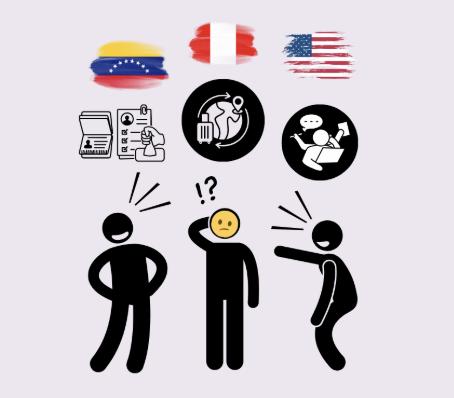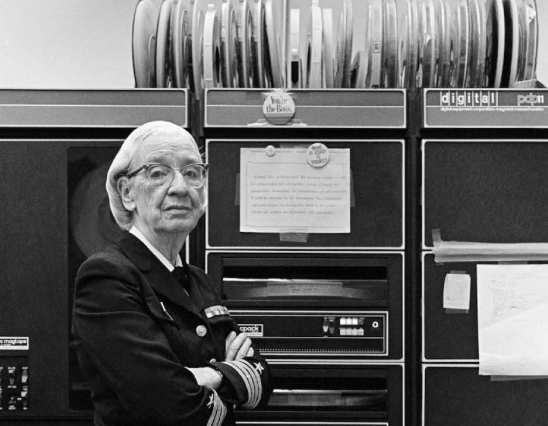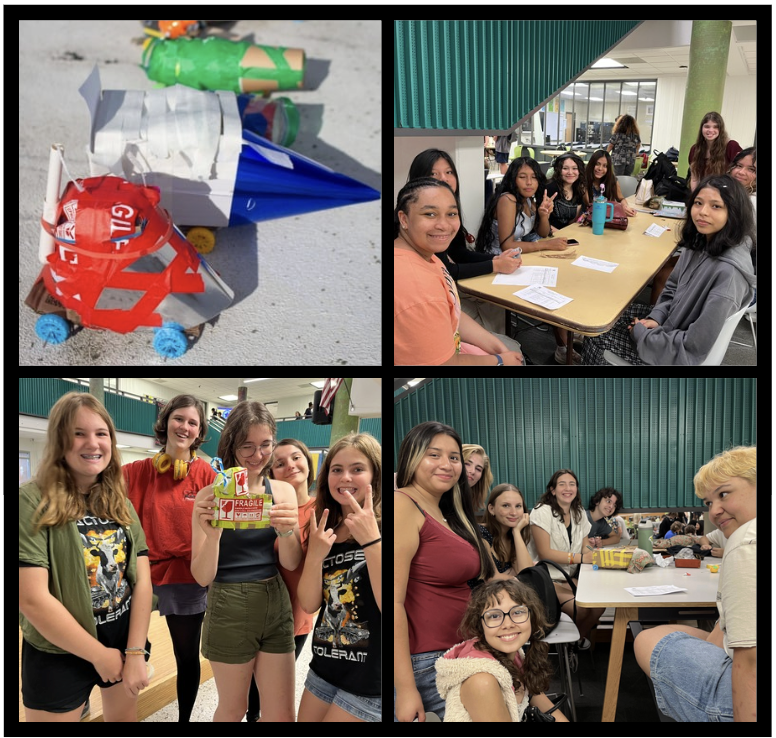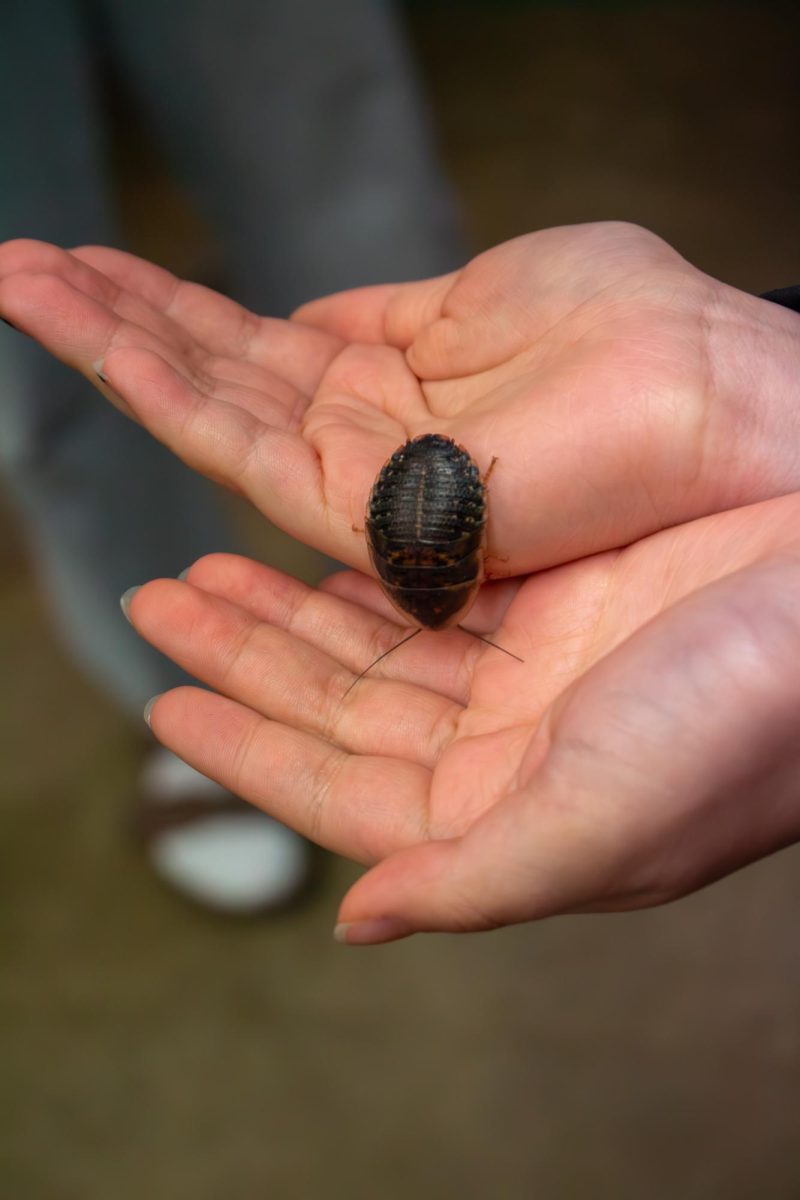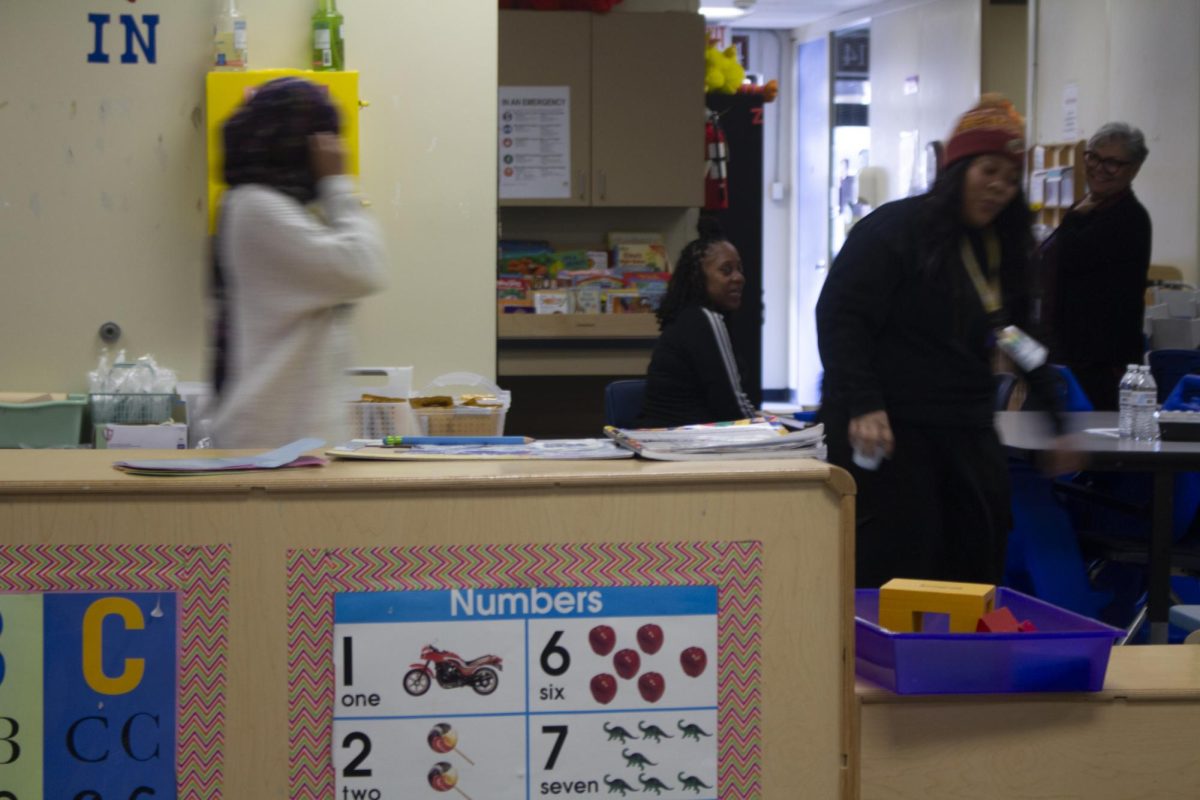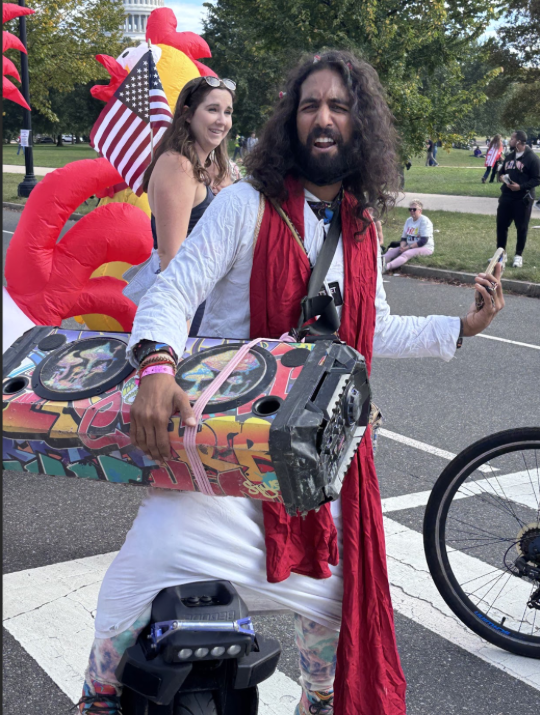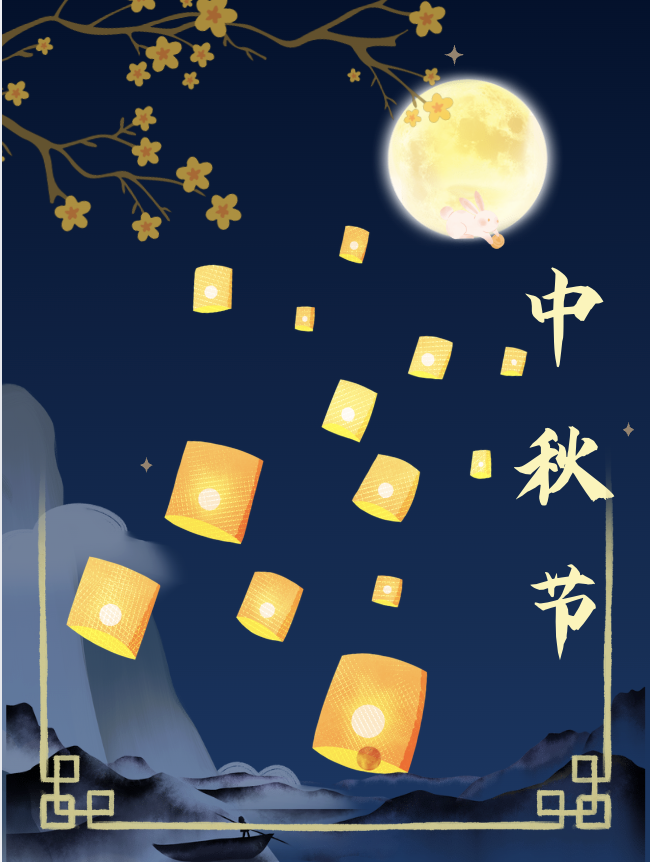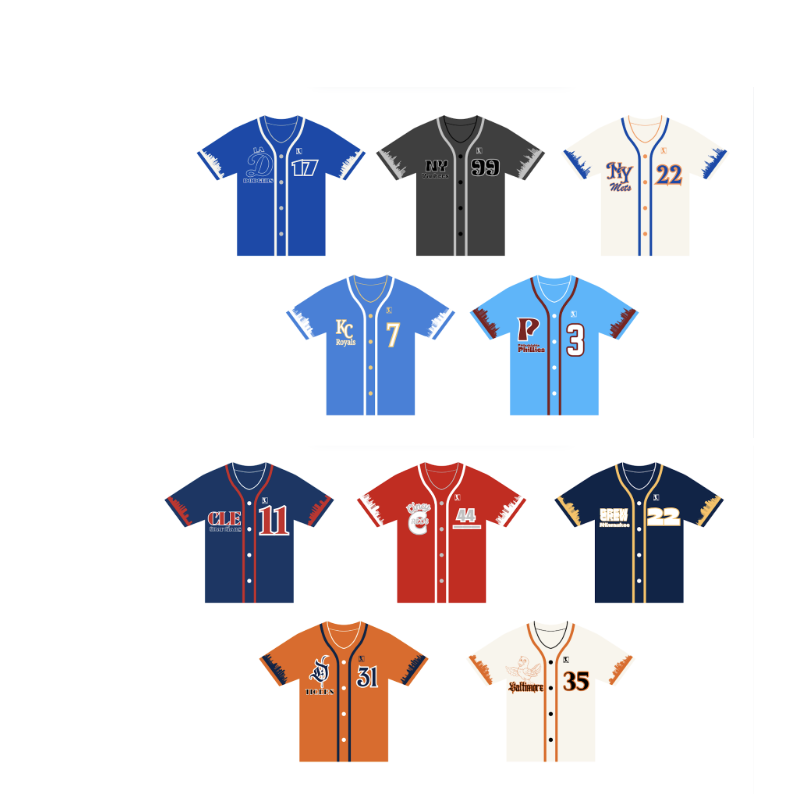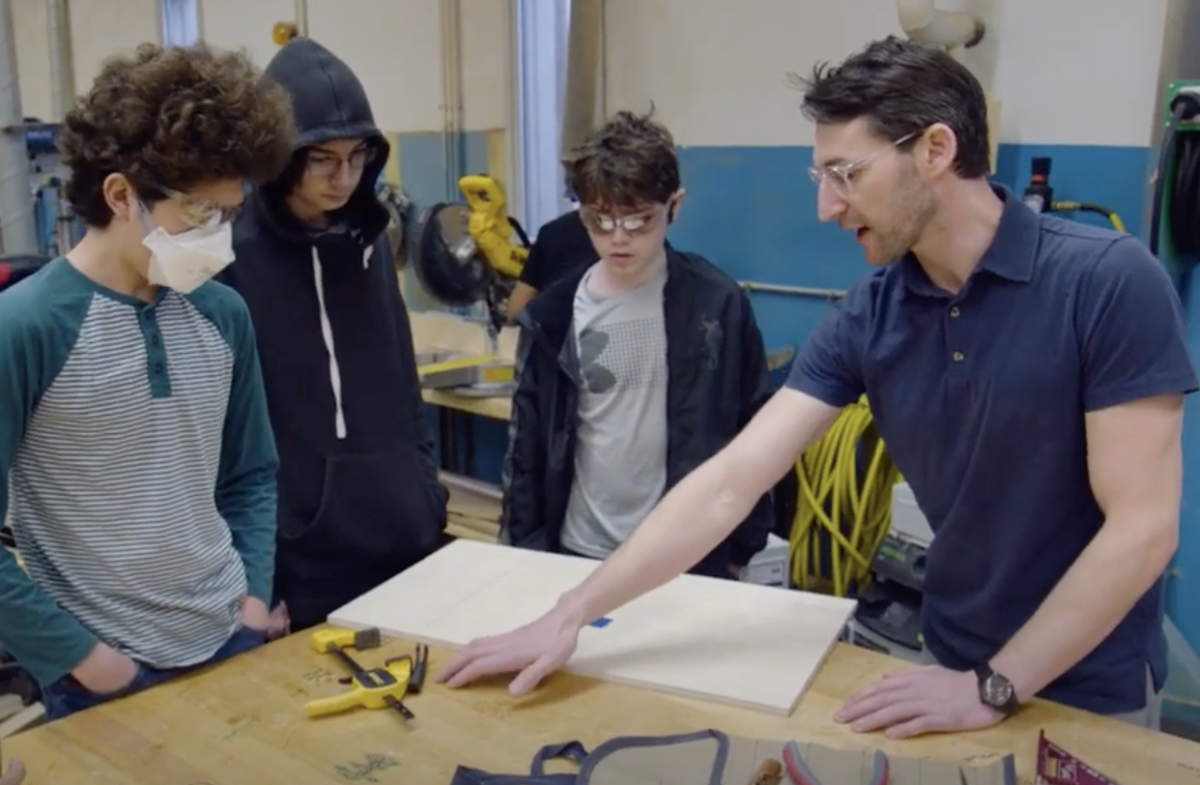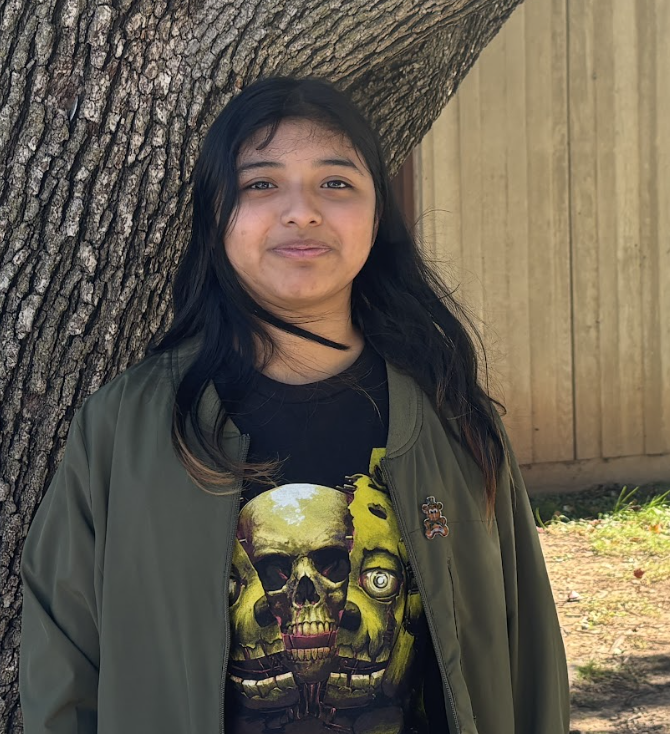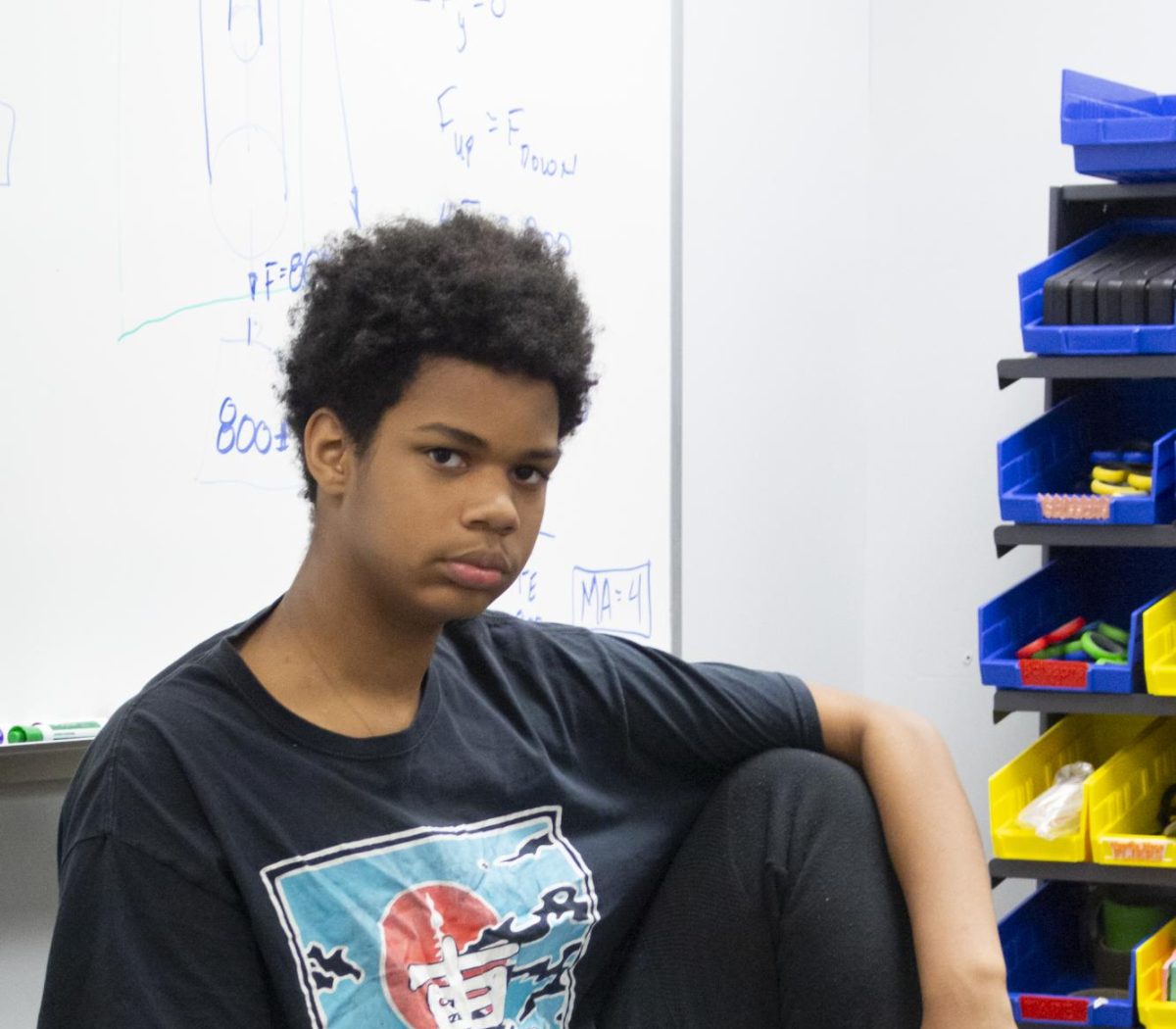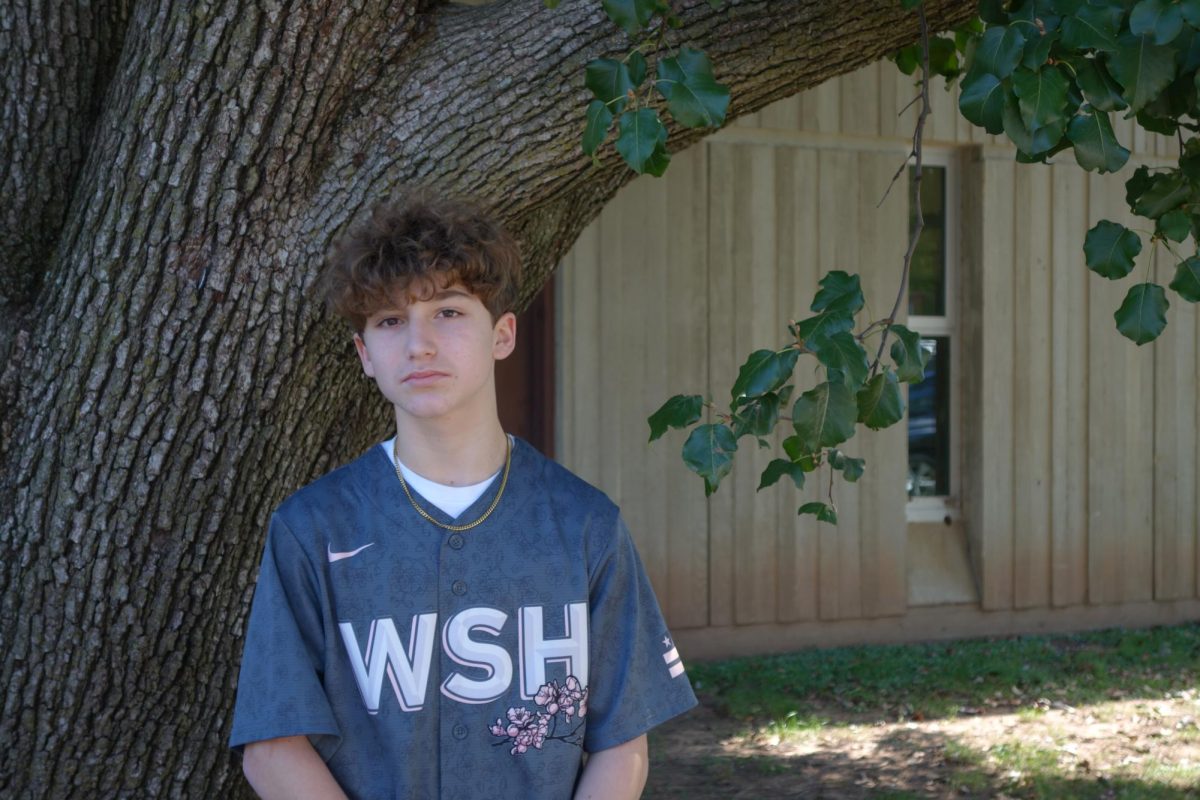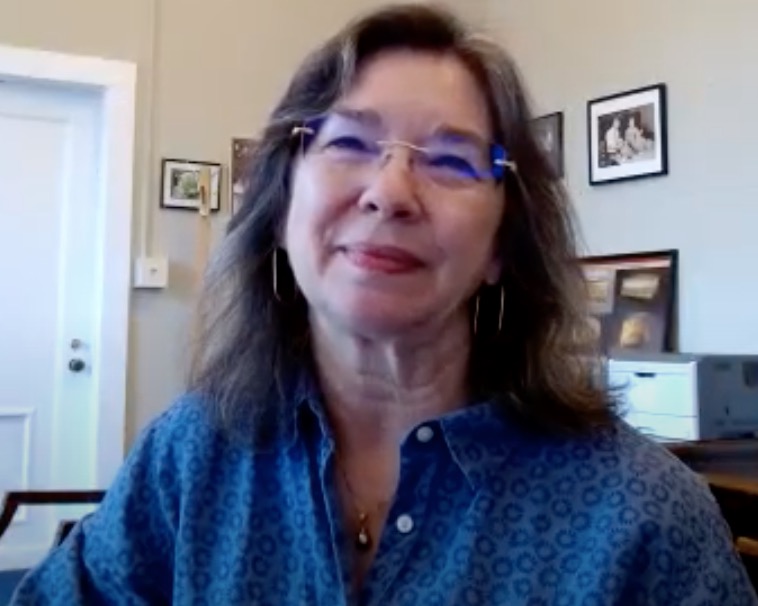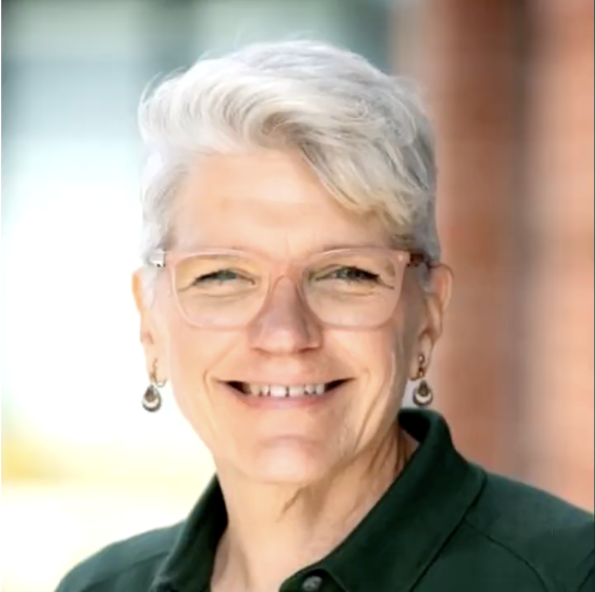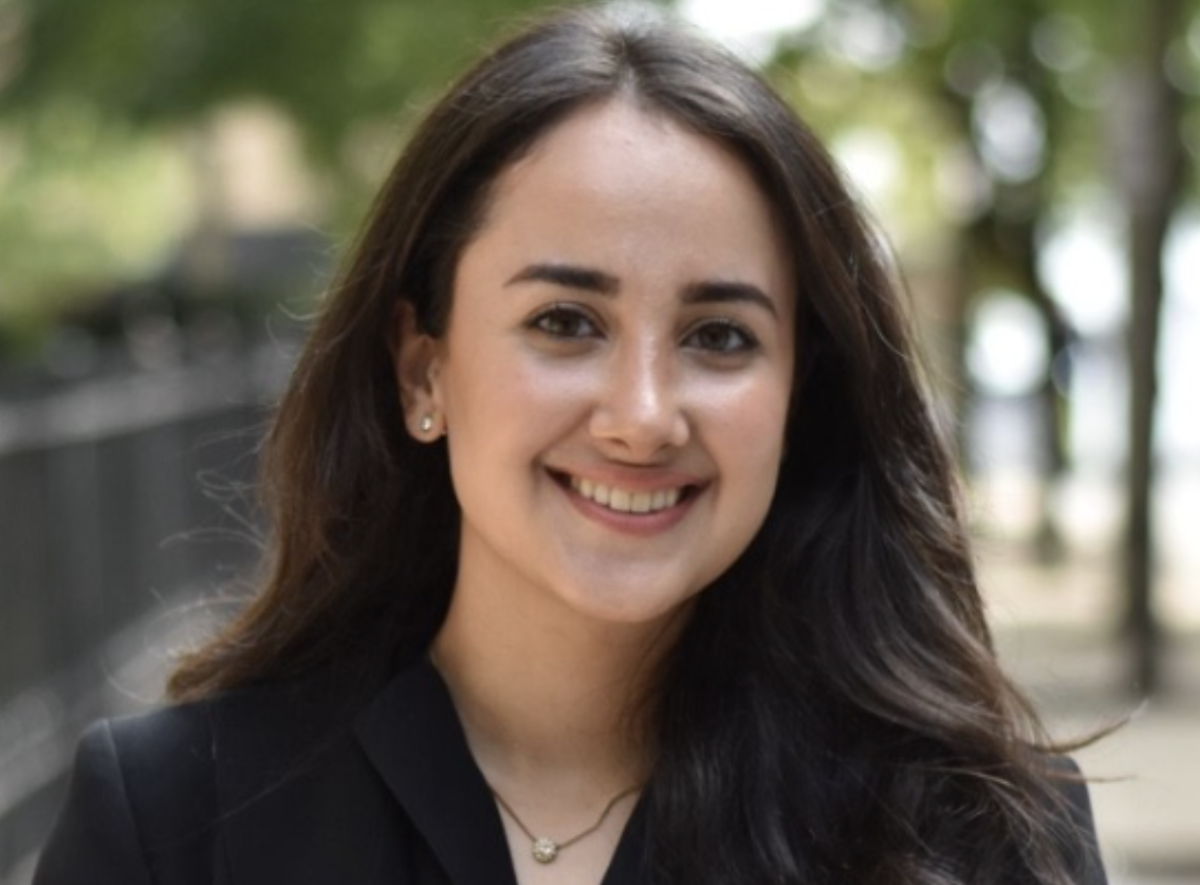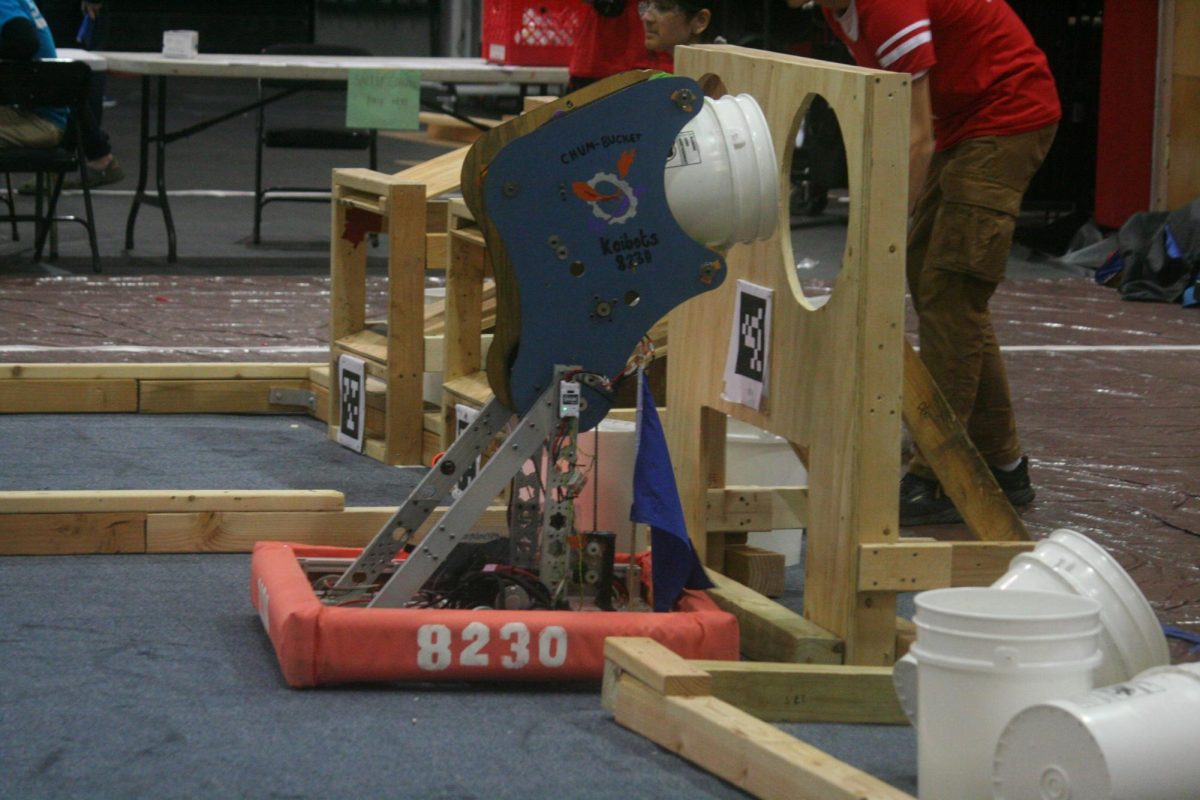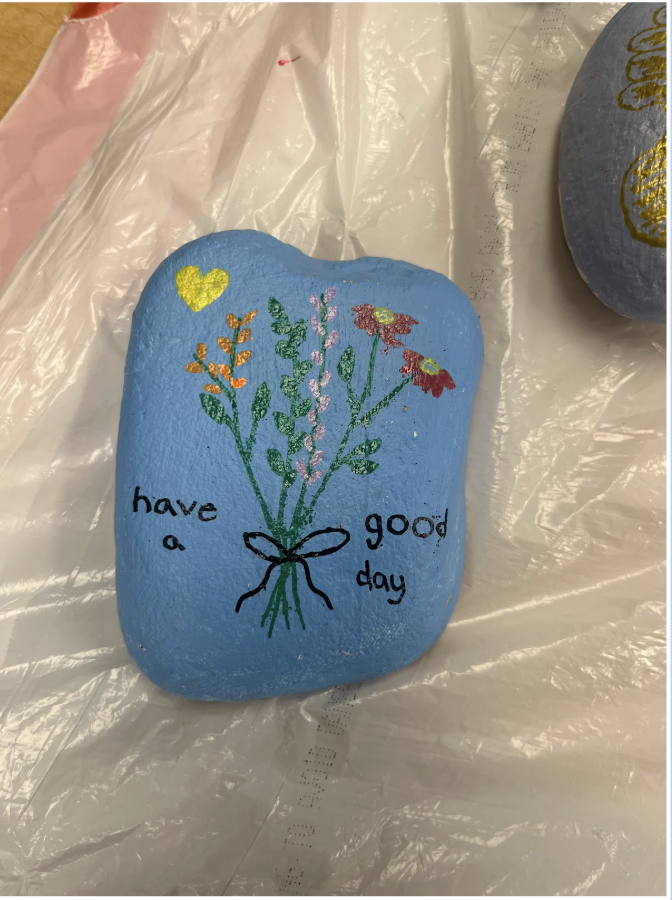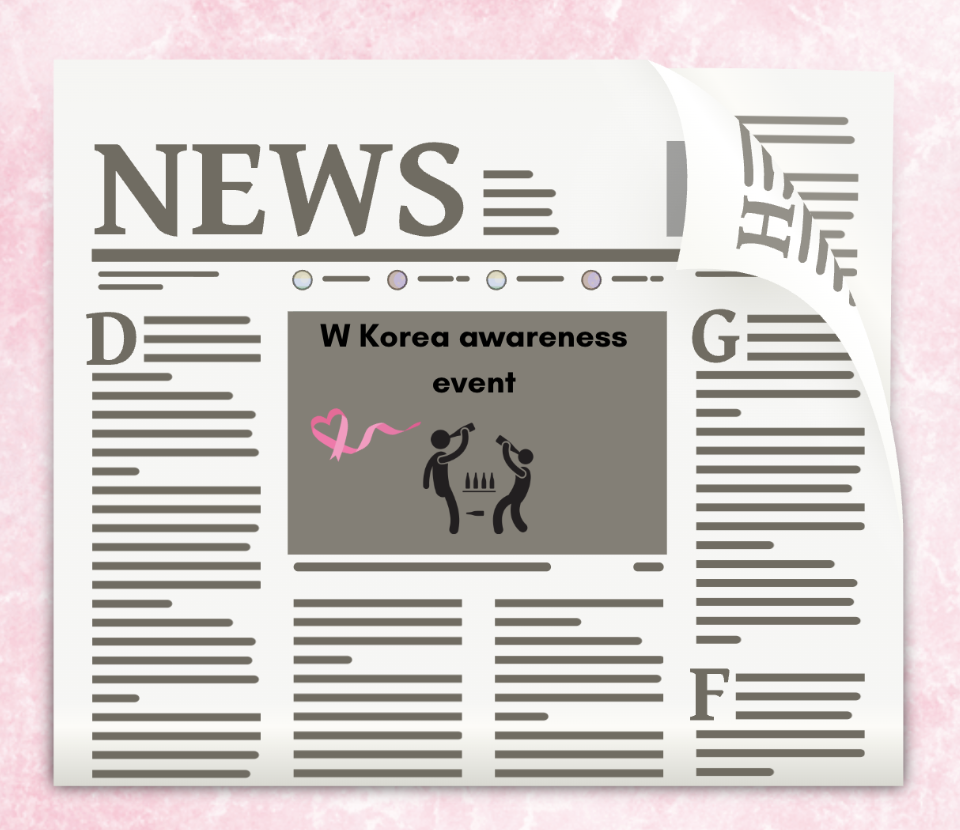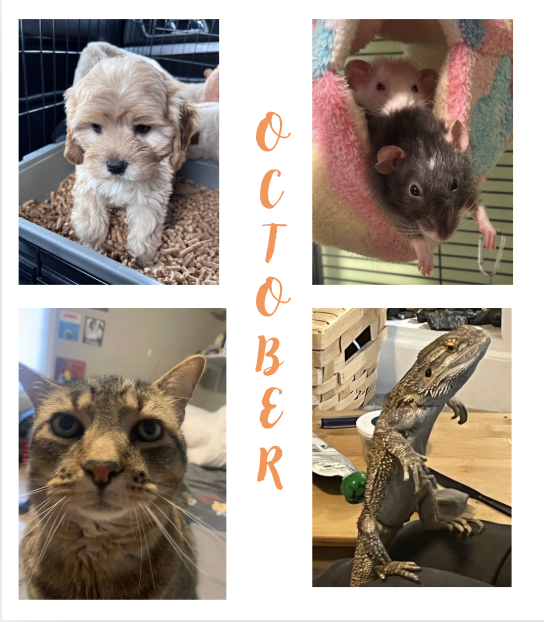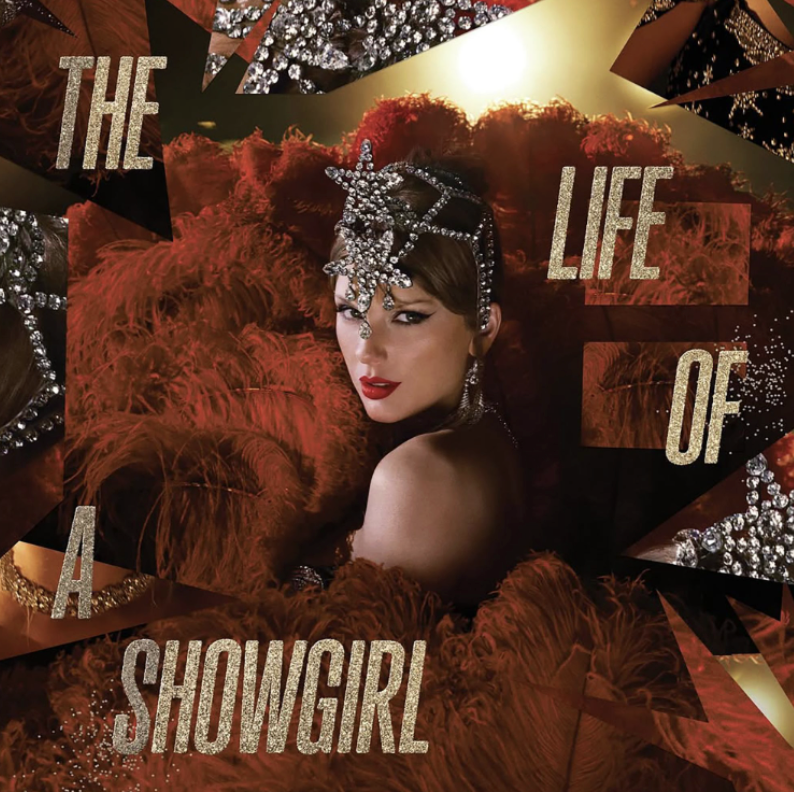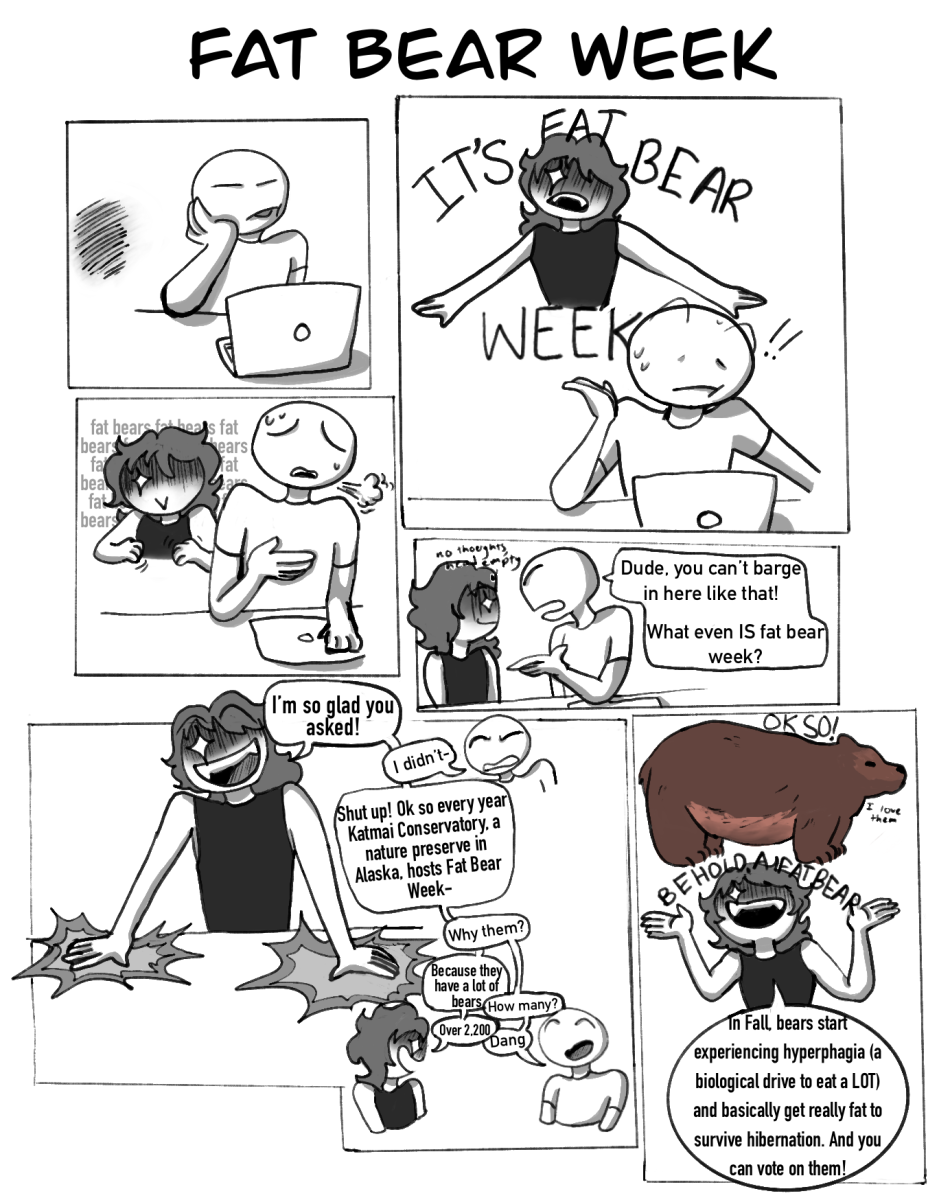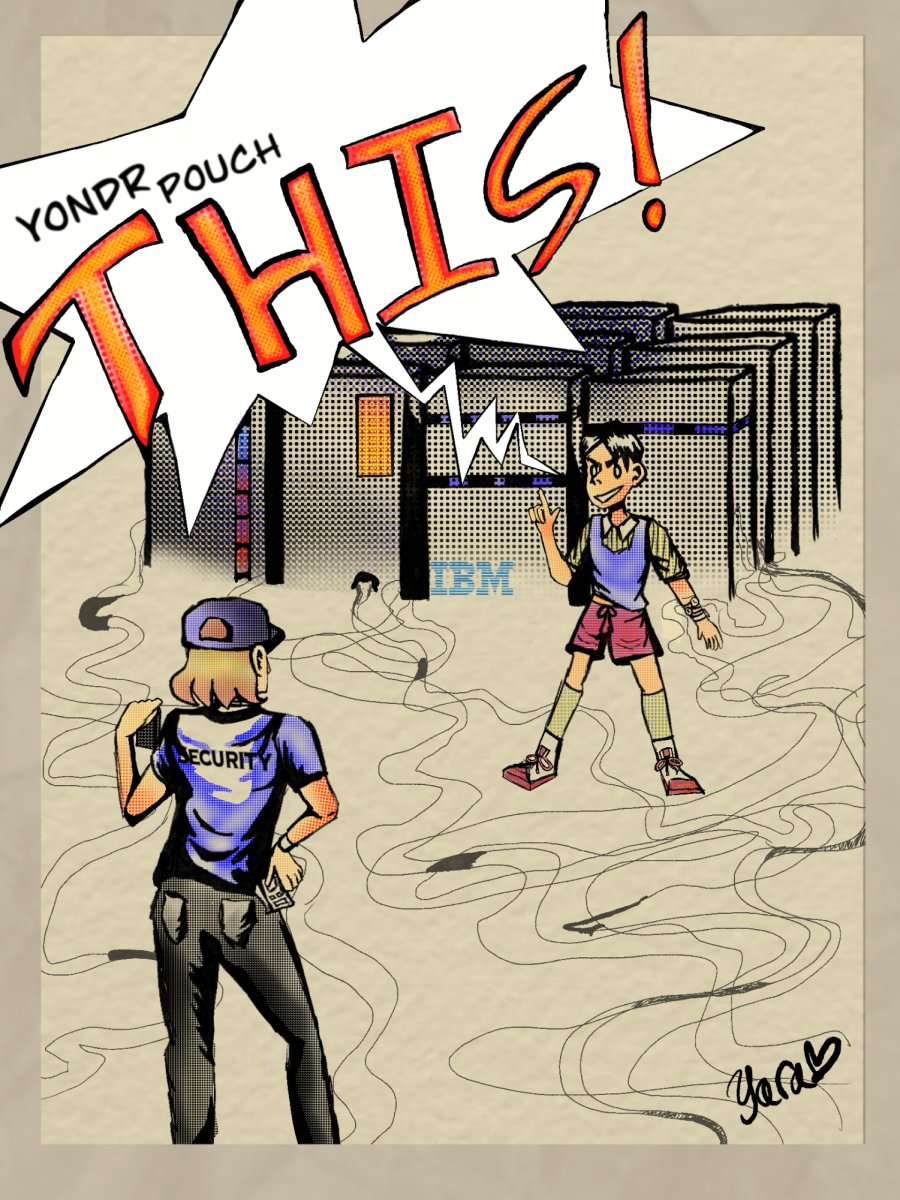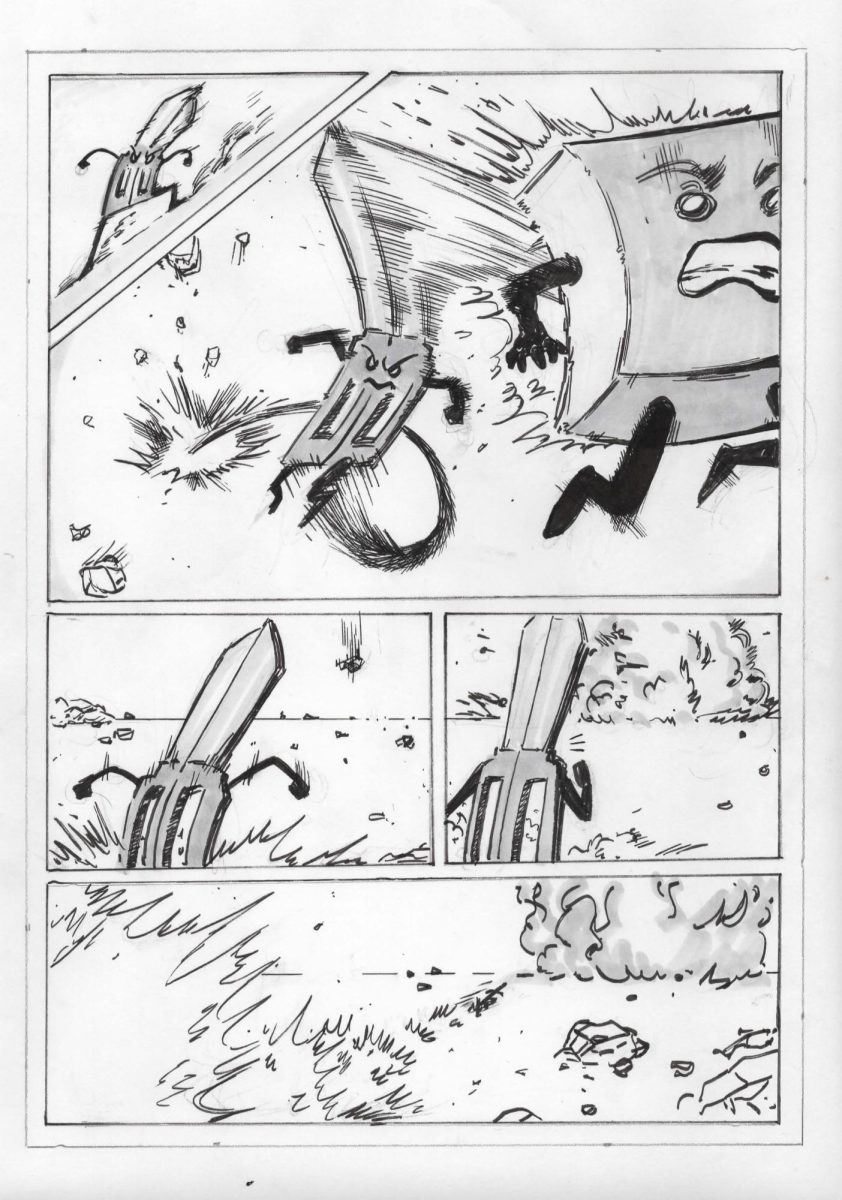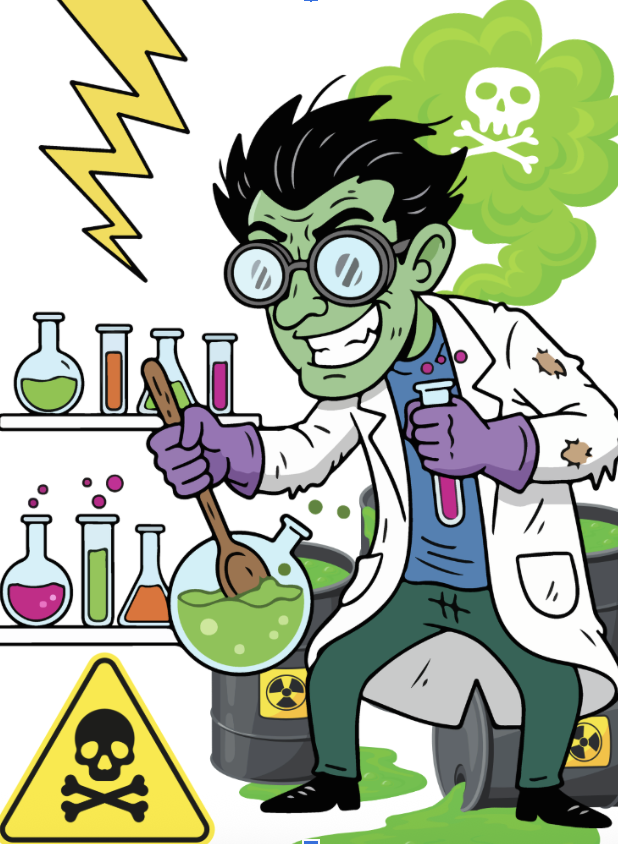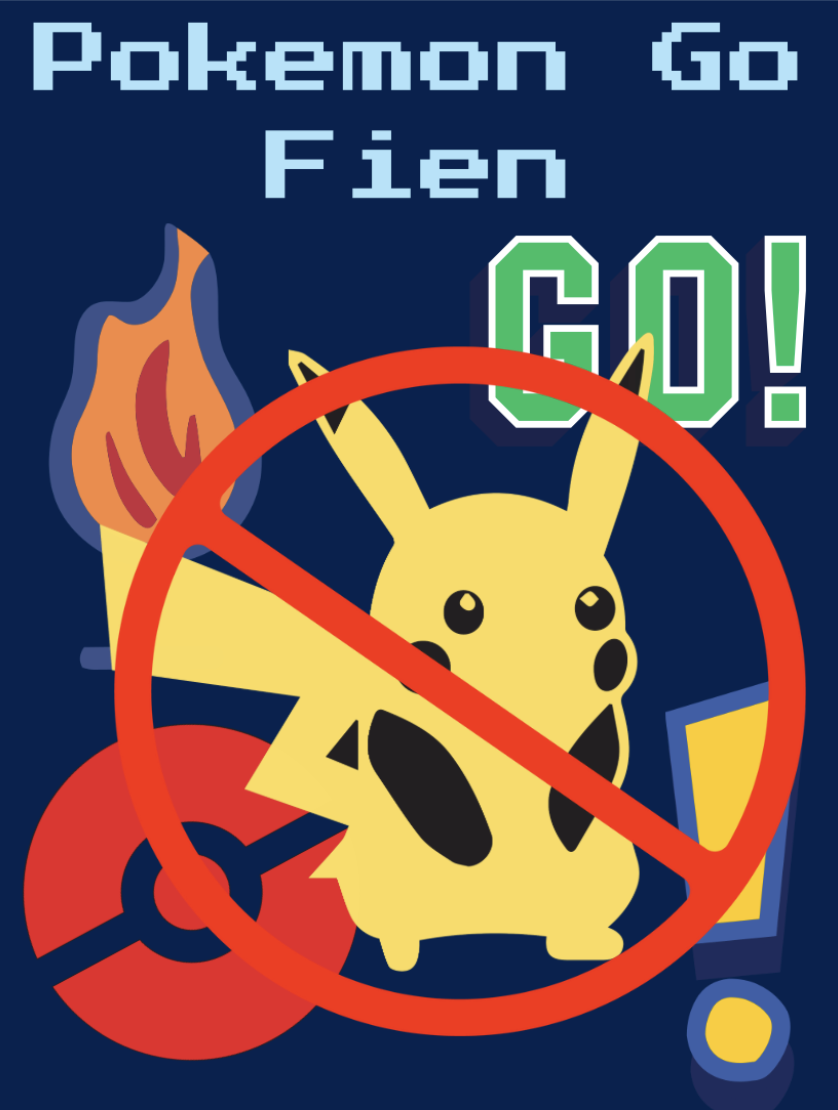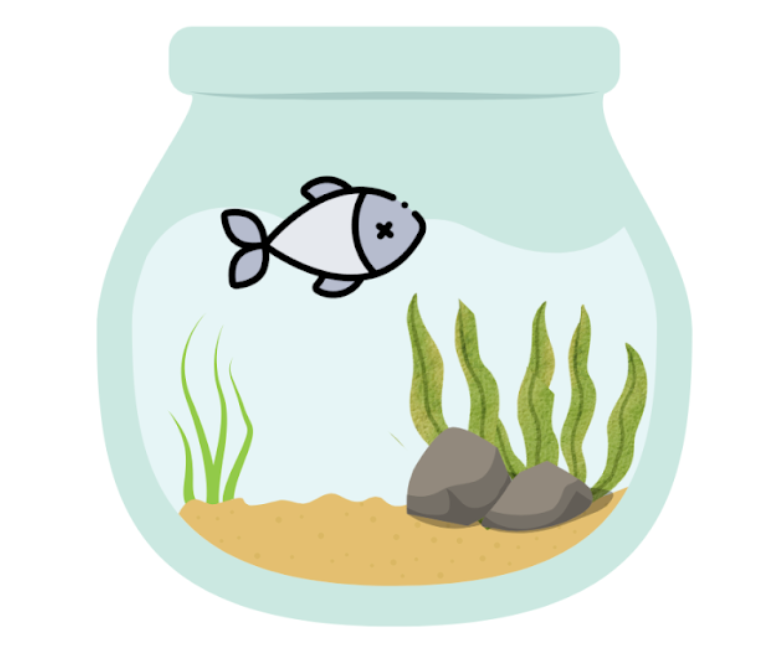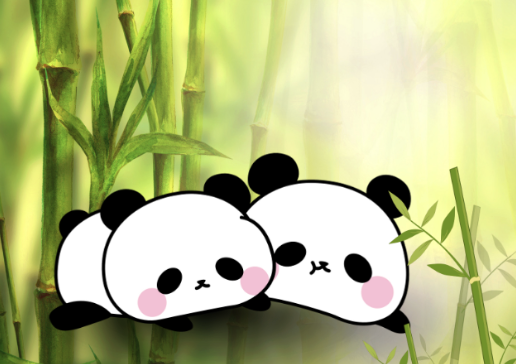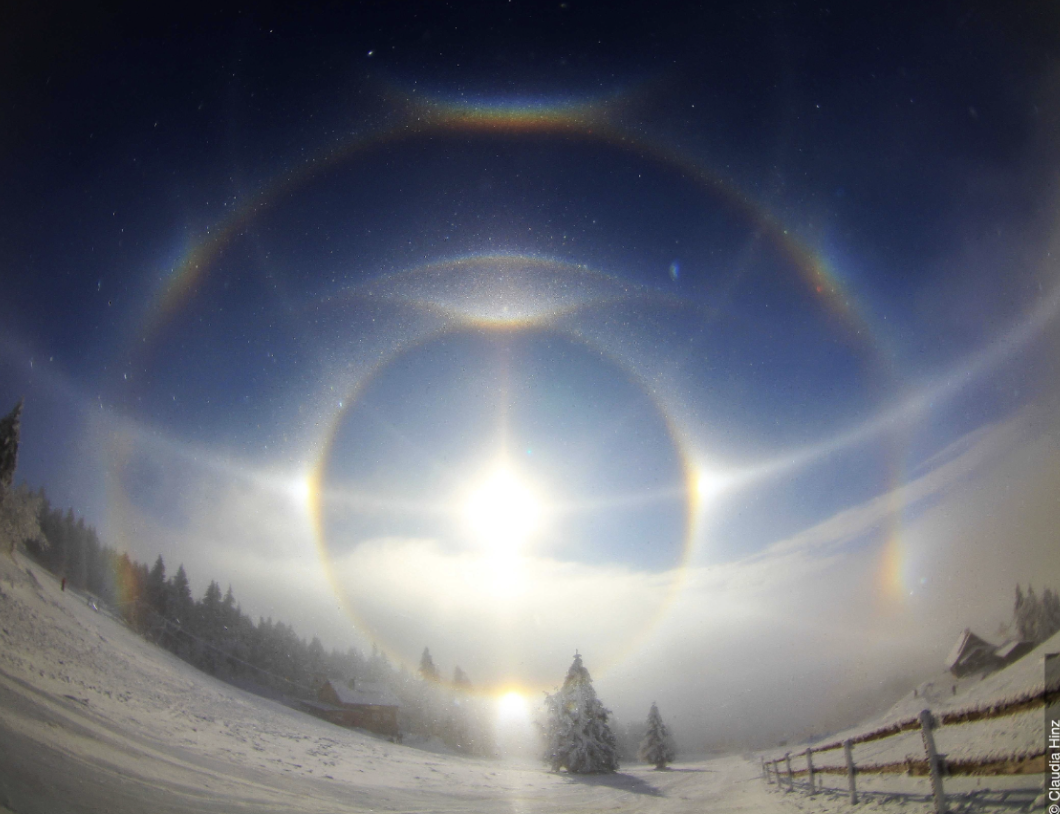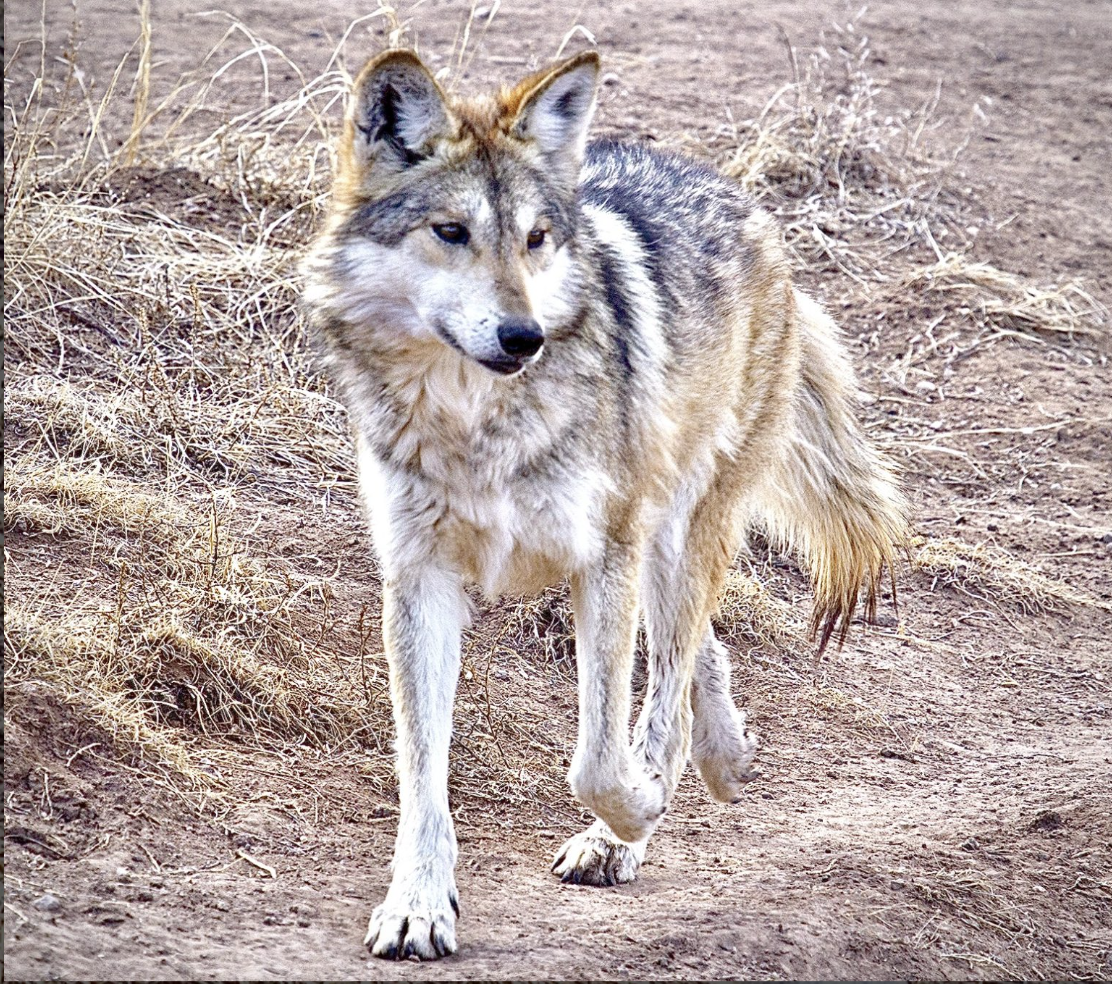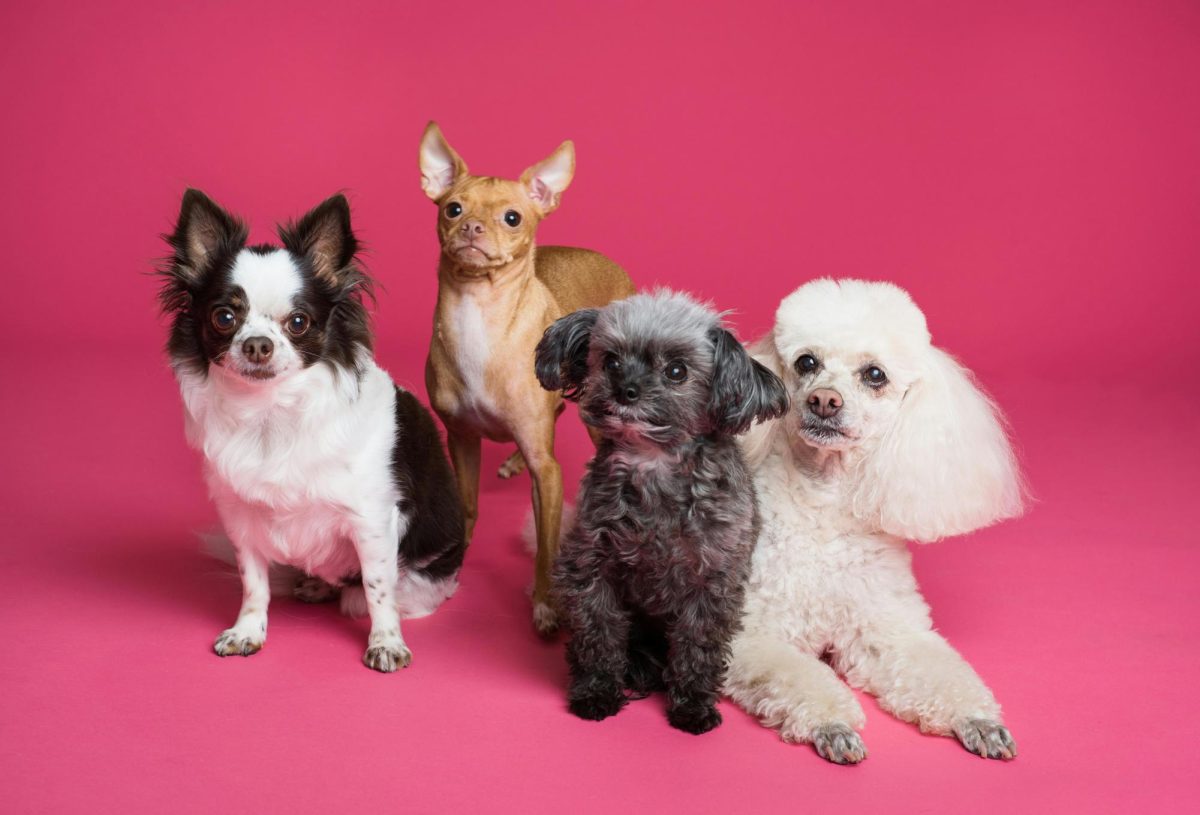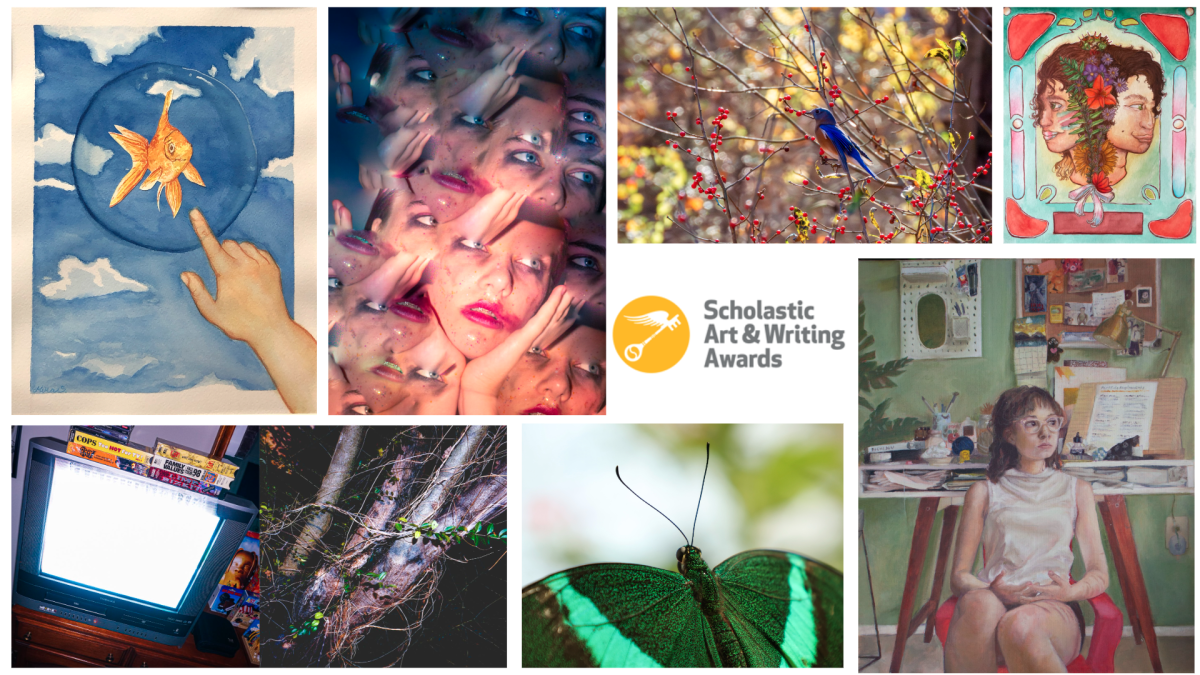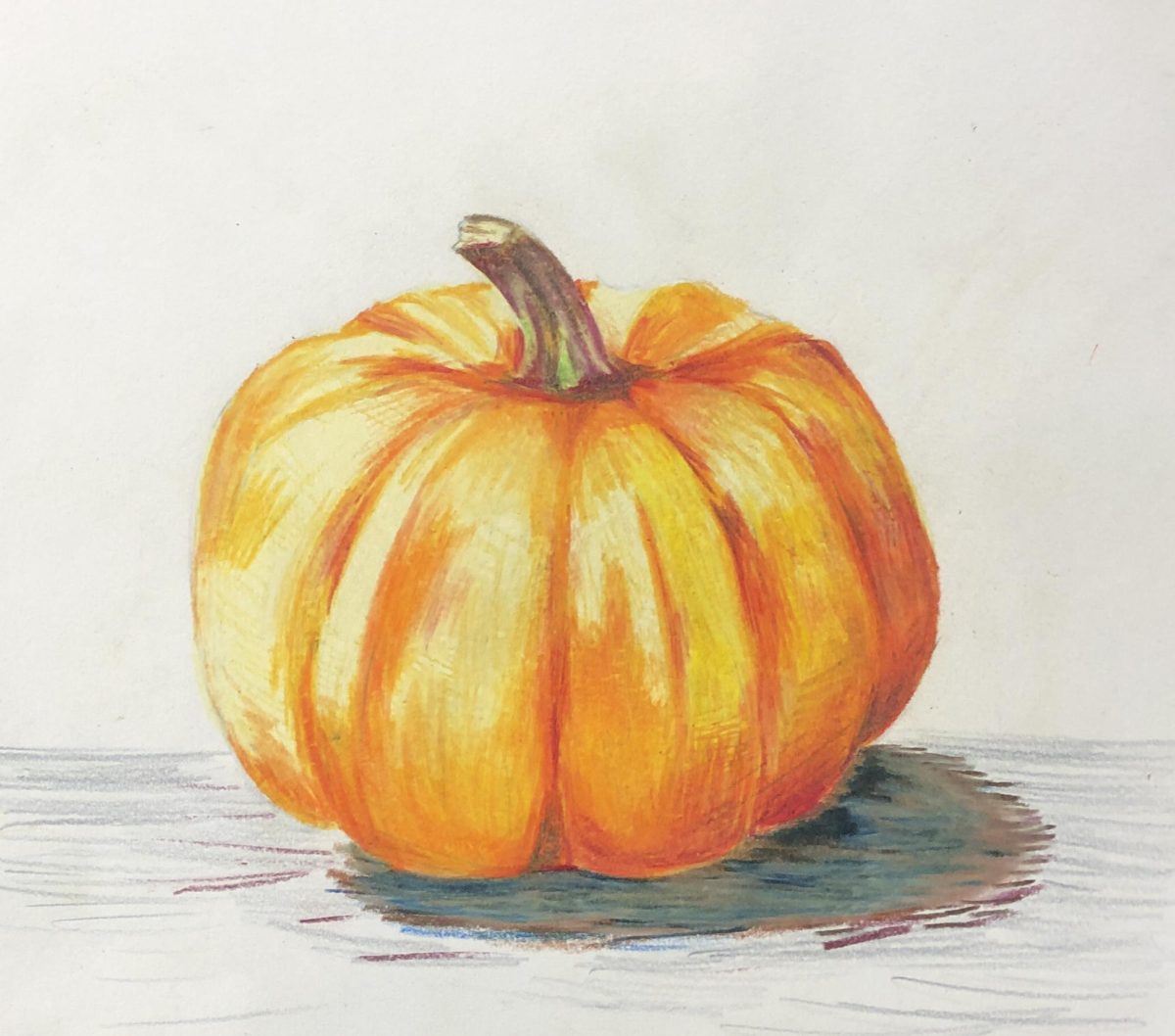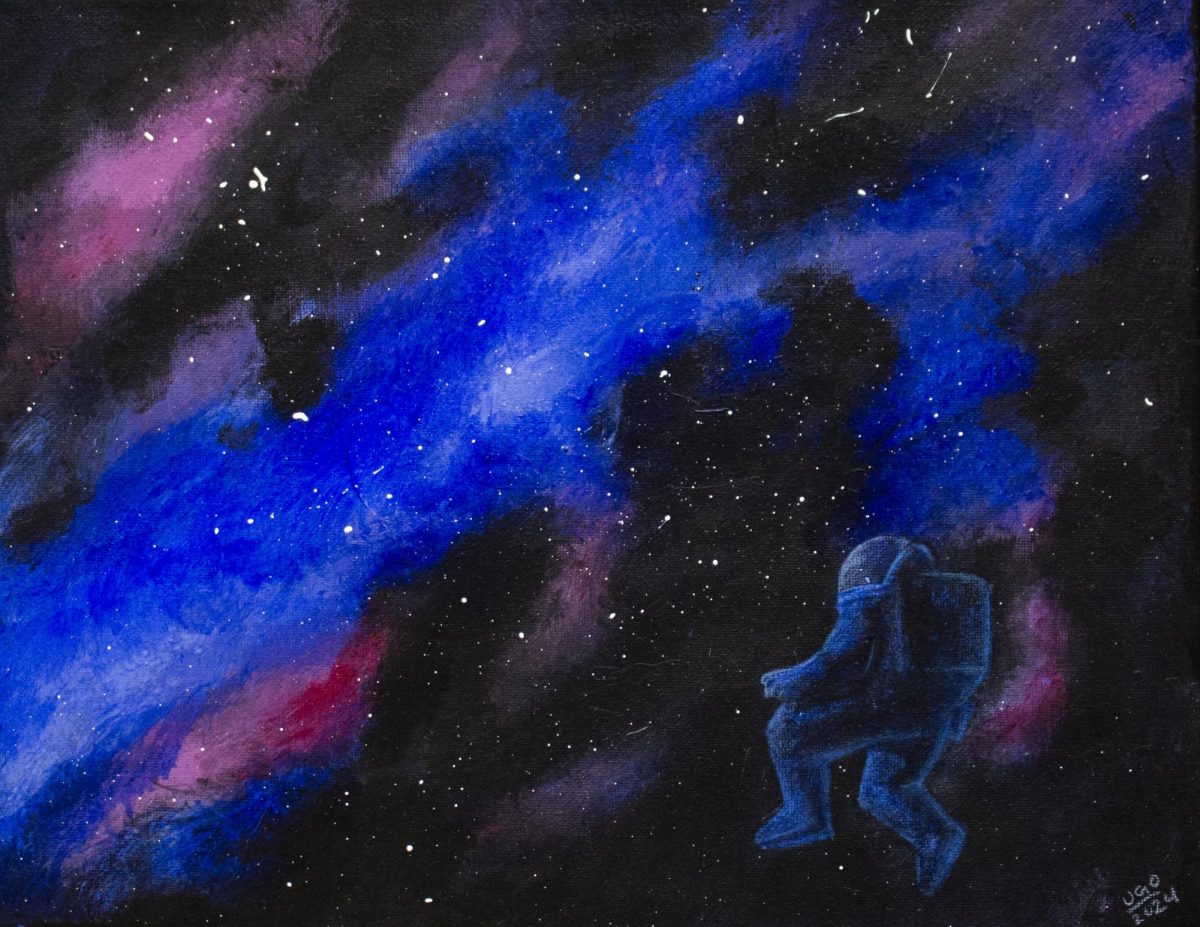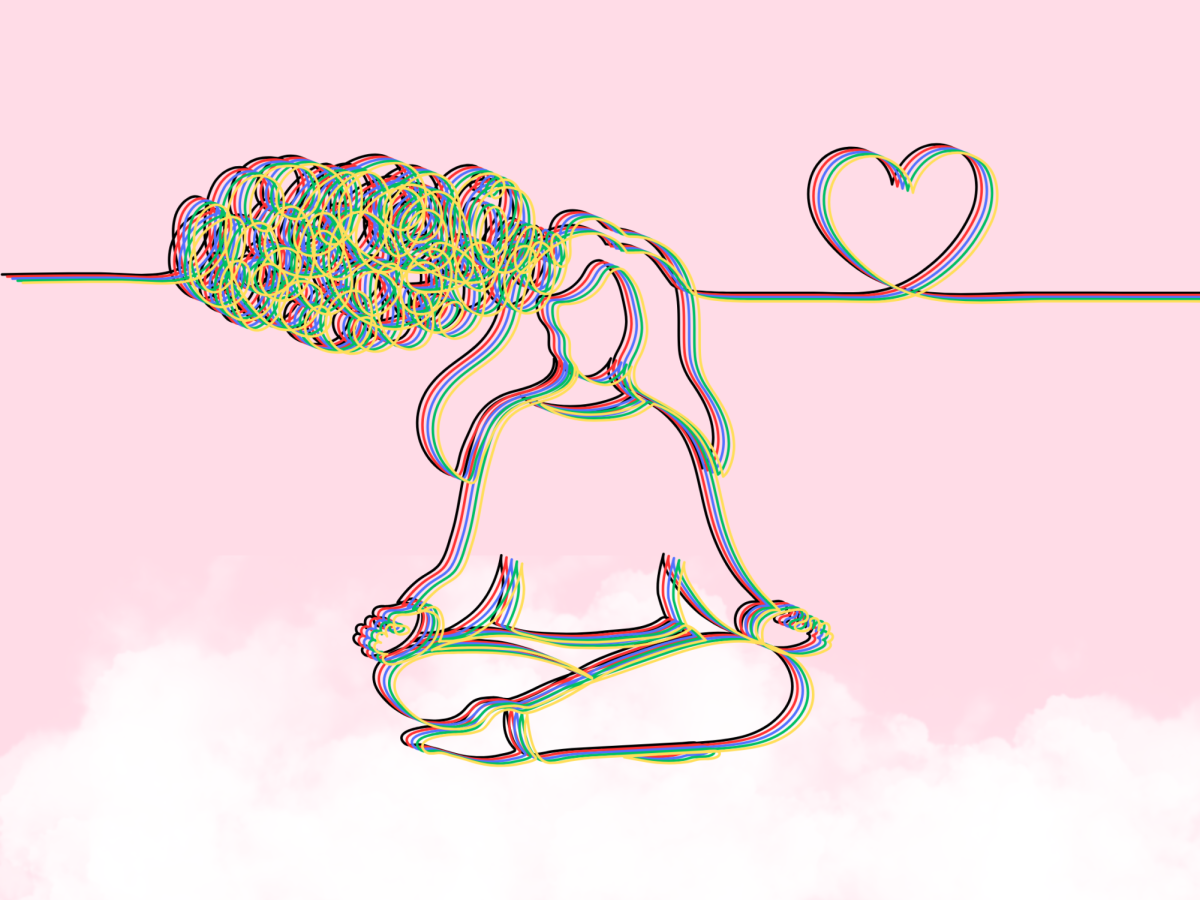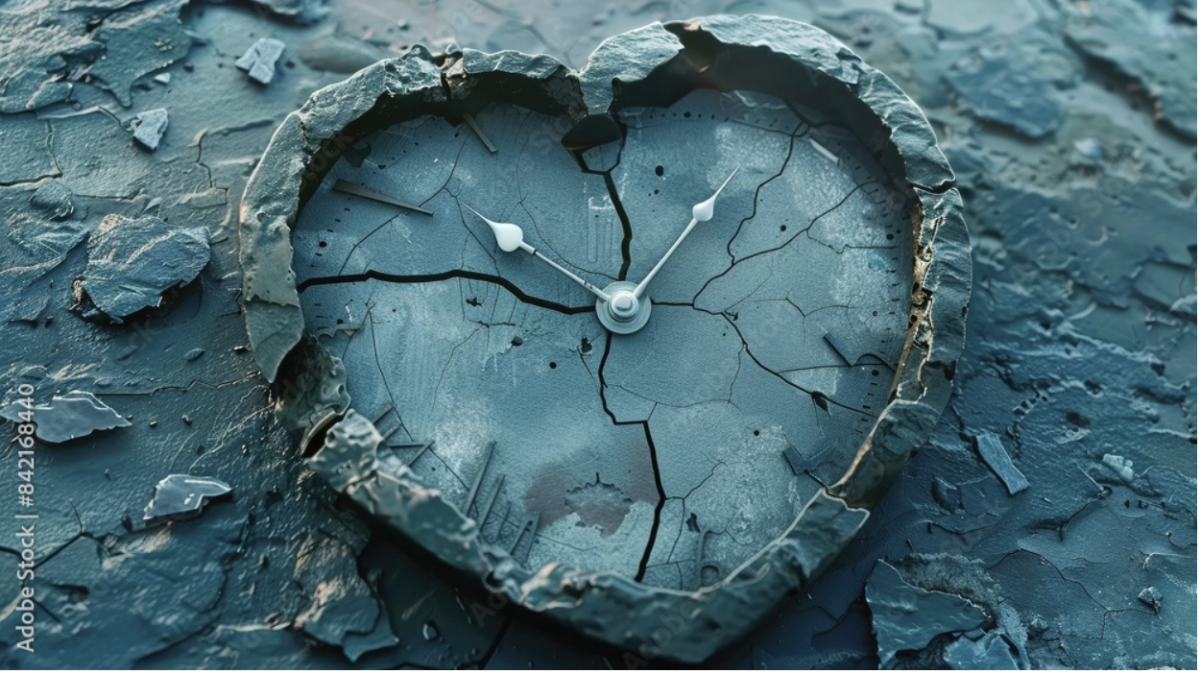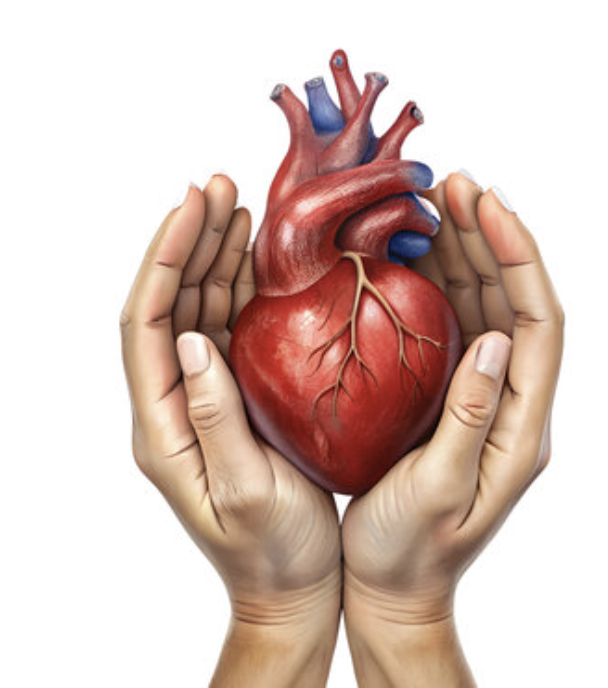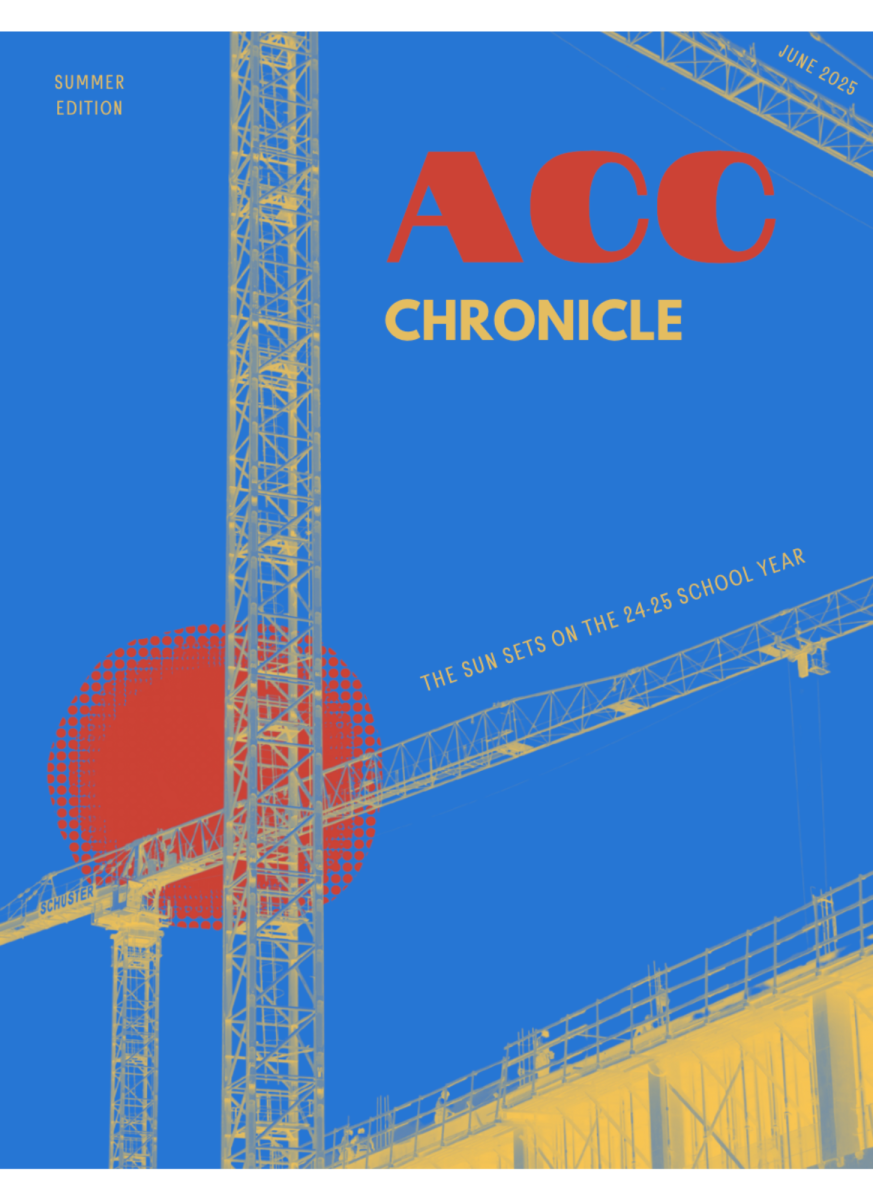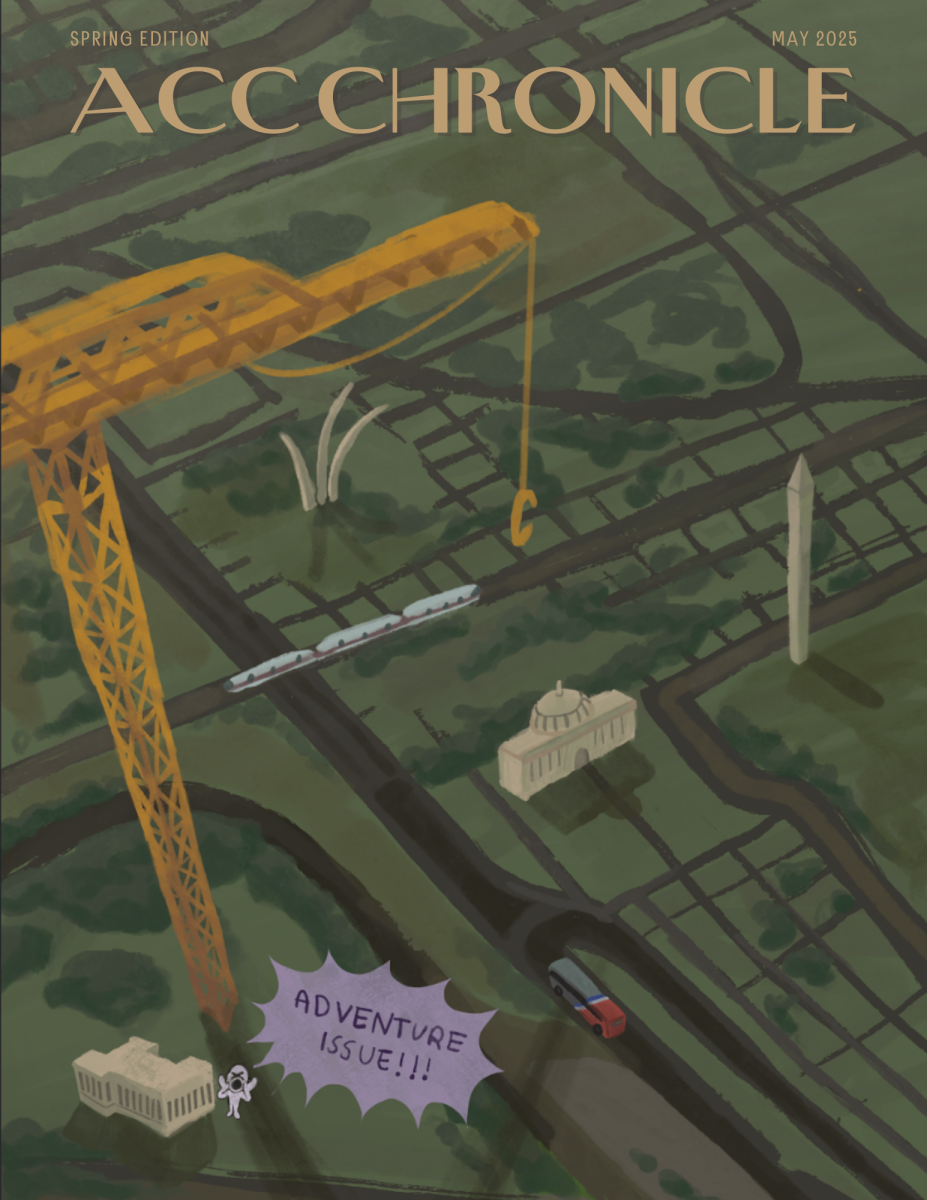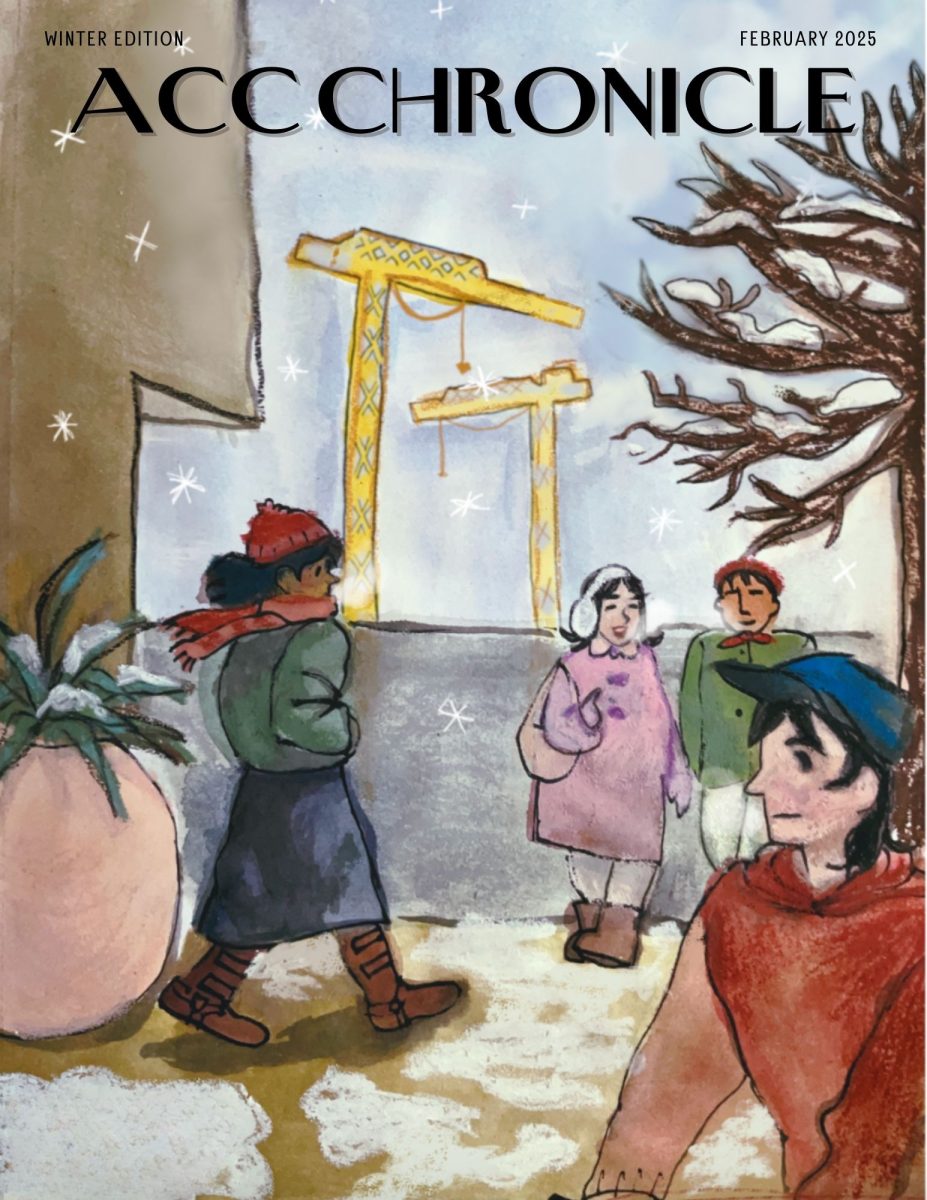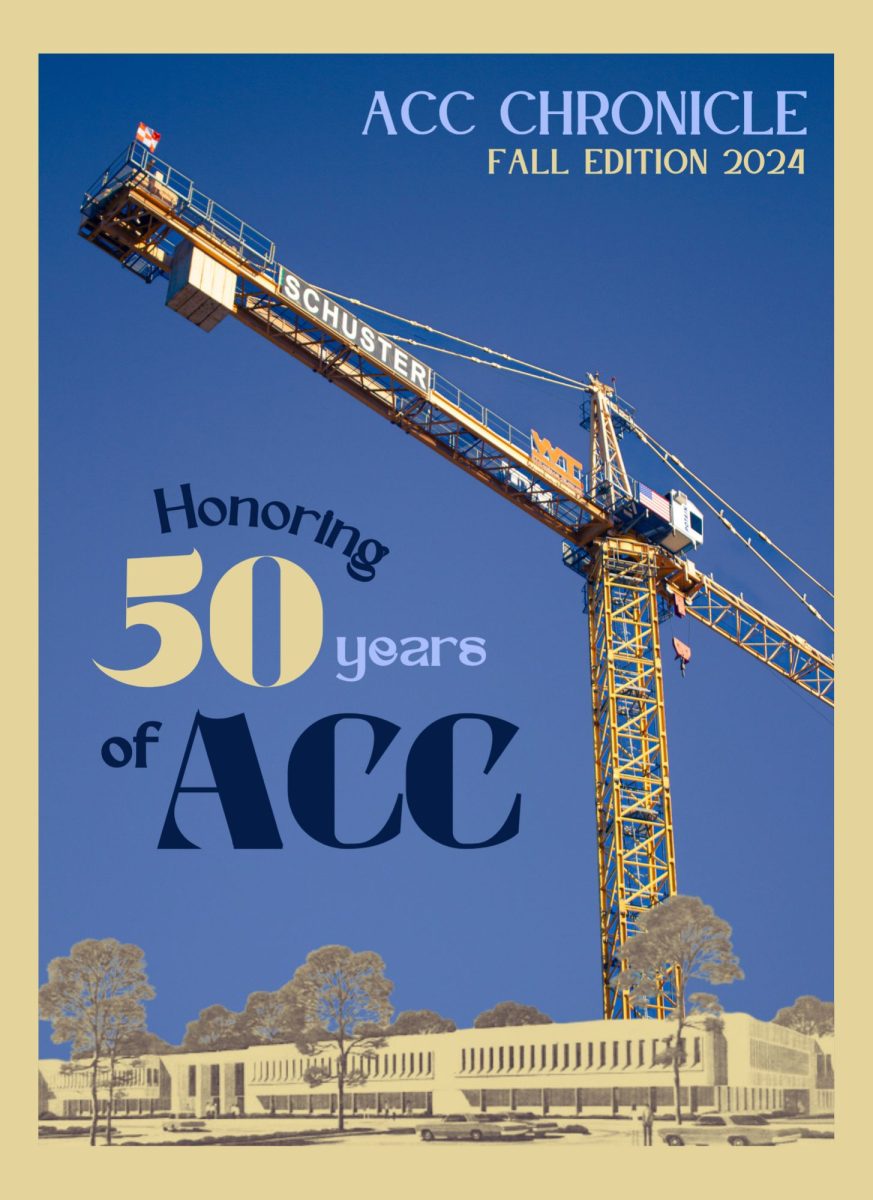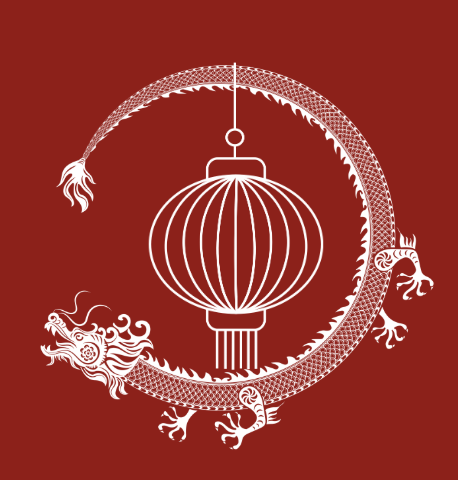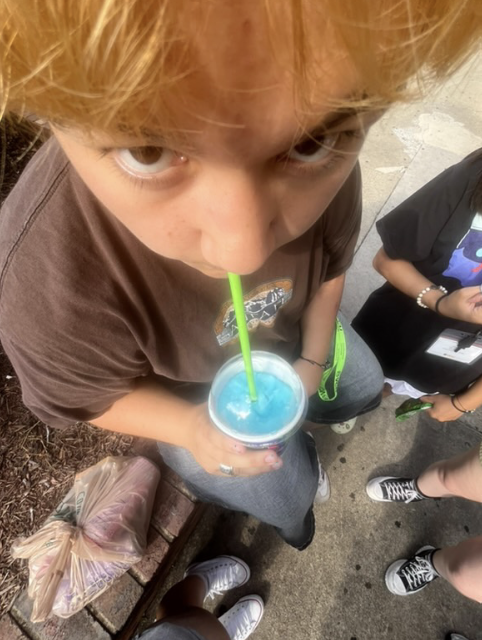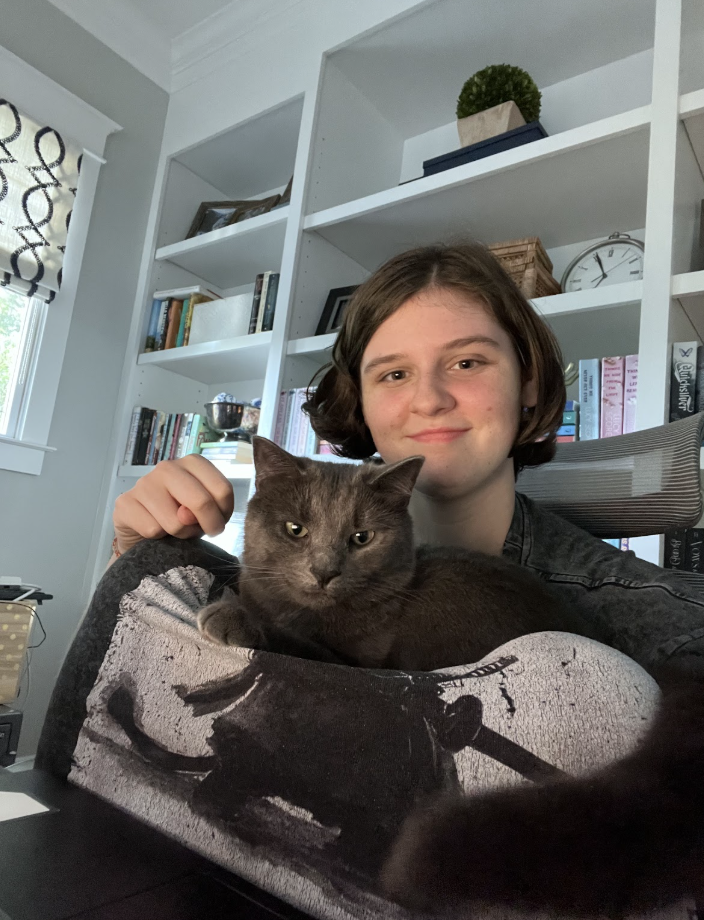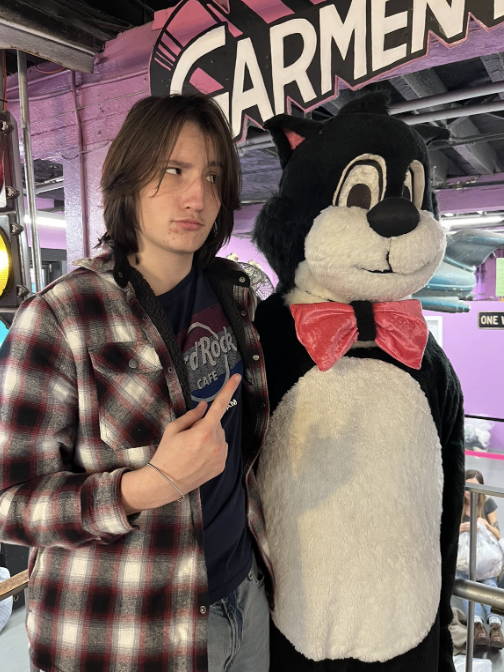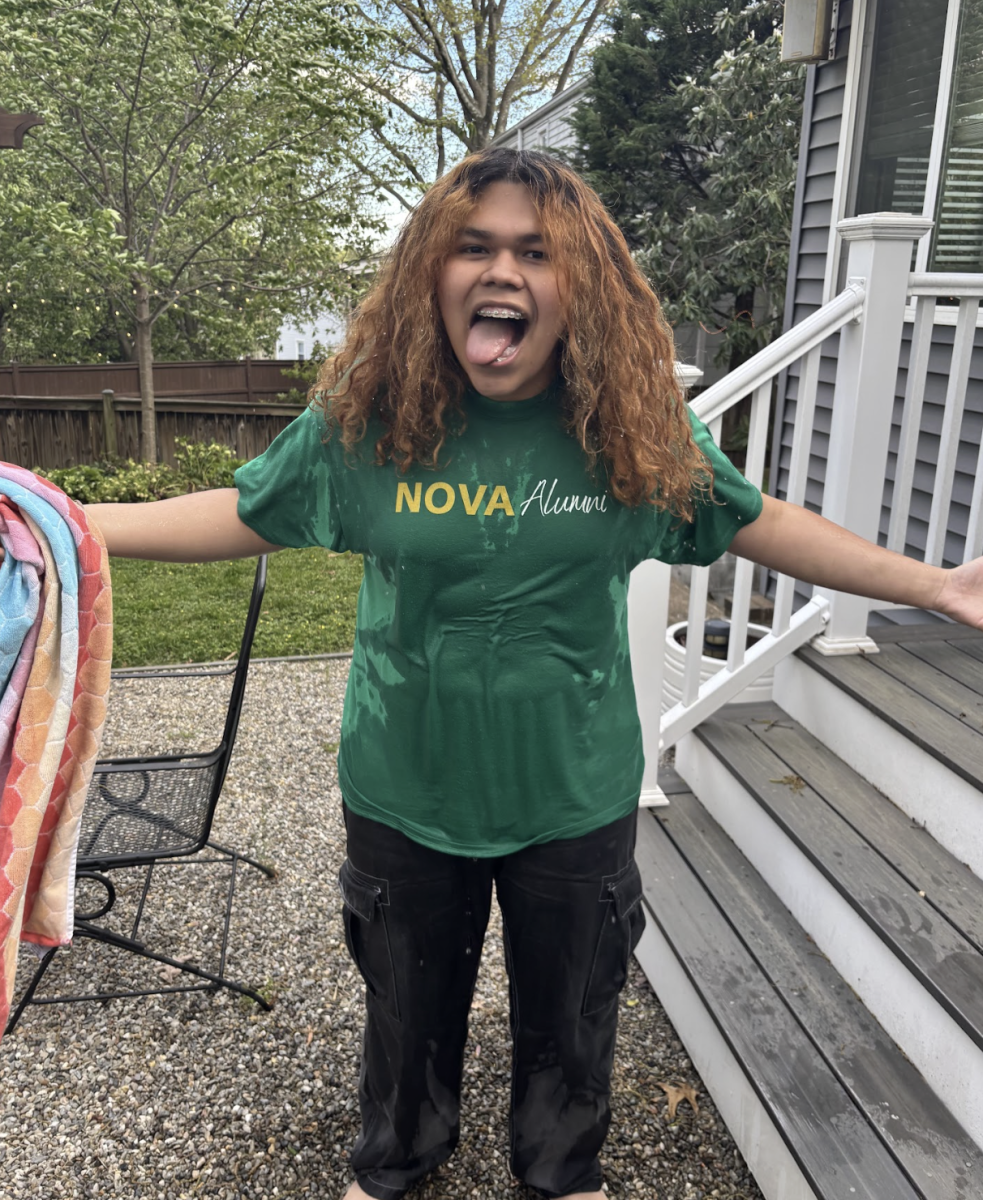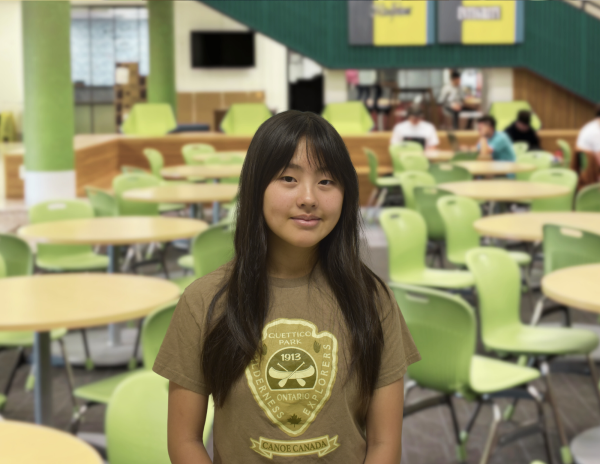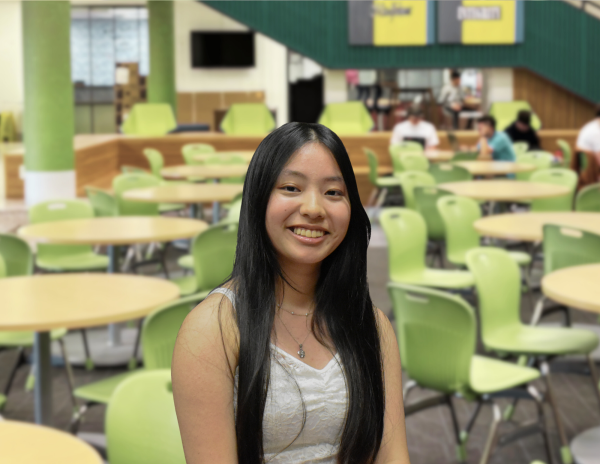The Mid-Autumn Festival, or 中秋节 (zhong qiu jie), is a traditional Chinese holiday, and the second most important after Chinese New Year. It is celebrated every year on the 15th day of the 8th month, following the lunar calendar. It is also known as the Moon Festival, and people gather together to celebrate family reunion, good harvest and the full moon. It is said that the moon shines the brightest and largest on this day.
Myth
This holiday is said to be born from the myth of Chang-E, the moon goddess. Her husband, Hou Yi, was a skilled archer and lived in a time where there were 9 suns. The suns dried up the earth, and brought many droughts and tragedies. Hou Yi was tasked with shooting down 8 of the suns and saving the people. To reward him for his great deed, he was granted an elixir that would make him immortal. Hou Yi refused to drink it, as he wanted to stay with his wife, Chang-E. One day while he was away, one of his apprentices snuck in, attempting to steal the elixir so he could be immortal. In an attempt to stop him, Chang-E drank the substance. She floated away to the moon, only accompanied by her pet rabbit. The rabbit became known as The Jade Rabbit, and represents purity, sacrifice and longevity. On the day when the moon was at its fullest, Hou Yi would offer mooncakes and Chang-E’s favorite food to the moon.
Food
A big symbol of the Mid-Autumn festival is the mooncake. It is a small, dense pastry made with all sorts of fillings. The shape is round to represent both the moon and a family being together, whole. Traditional fillings are salted egg yolks, lotus seed paste, nut and seed paste, and red bean. Mooncakes were created as offerings to the moon, for the Autumn Harvest. Its creation is said to have started in the Tang Dynasty. It is a Chinese tradition to eat mooncakes with your family during the Mid-Autumn festival, symbolizing togetherness and harmony. Mid-Autumn festival foods are associated with the autumn harvest. People tend to celebrate with these foods:
- Taro
- Duck
- Lotus root
- Pomelo
- Crab
- Mooncake
- Fruits
- Nuts
Mooncakes
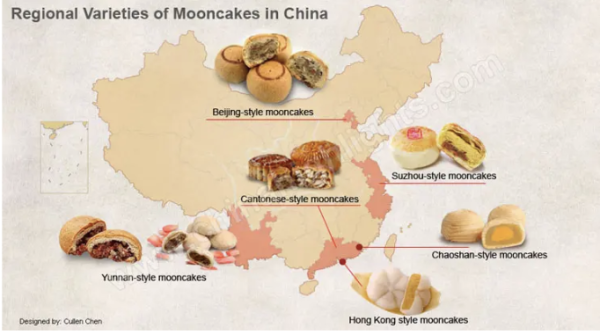
The mooncake, 月饼 (yue bing) is eaten all over the country but with major differences based on region. The most classic type of mooncake are Cantonese styled-mooncakes with sweet fillings from the Guangdong province. Quite similar are Beijing-styled mooncakes eaten in Northern China that have intricate and meticulous decorations. Around Shanghai, Suzhou-styled mooncakes are quite different. They have layers of thin flaky pastry, layered with sugar and crispy to the bite. Chaoshan-styled mooncakes in South East China have a layered flaky crust in a spiral pattern. The fillings are mostly savory with black bean or potato paste. In Yunnan, they are famous for their flower mooncakes. The filling is edible dried flower petals, typically rose petals, that are crushed with honey and sugar. In Hong Kong they have Ice-Skin mooncakes, unbaked mooncakes with a mochi like outside made from glutinous rice.
The most common filling combination is lotus seed paste with salted egg yolk. The lotus paste represents purity and perfection, and the egg yolk symbolizes a full moon, happiness and togetherness. Another is red bean paste representing love and harmony. Filling containing mixed nuts and dried fruits often represents abundance and prosperity.
Conclusion
The Mid-Autumn Festival is a widely celebrated Holiday in China. It is celebrated for the autumn harvest, and reuniting families. It is tradition for families to eat mooncakes, and other harvest foods together. This festival is a big part of Chinese culture, being the second largest holiday in China.

